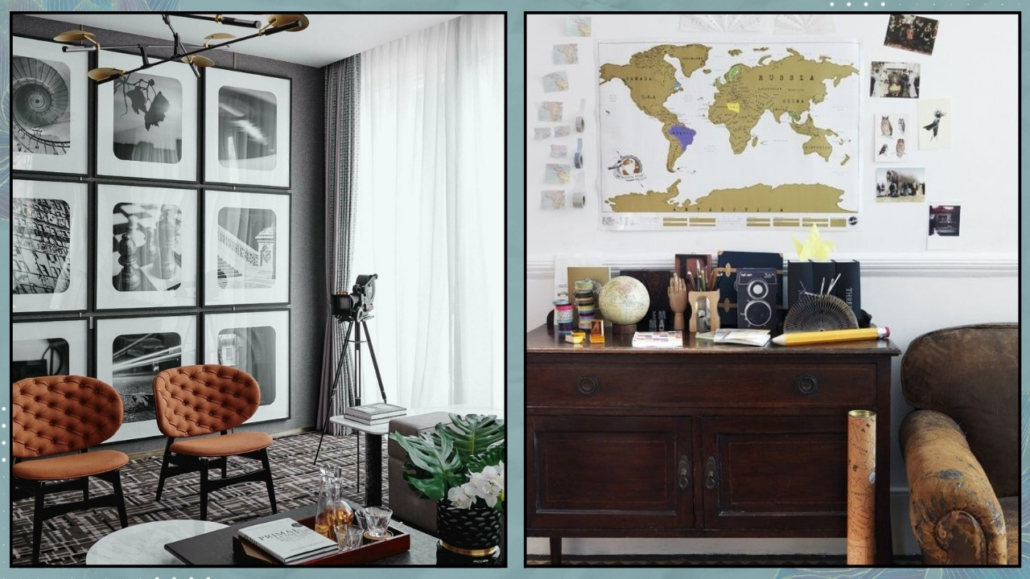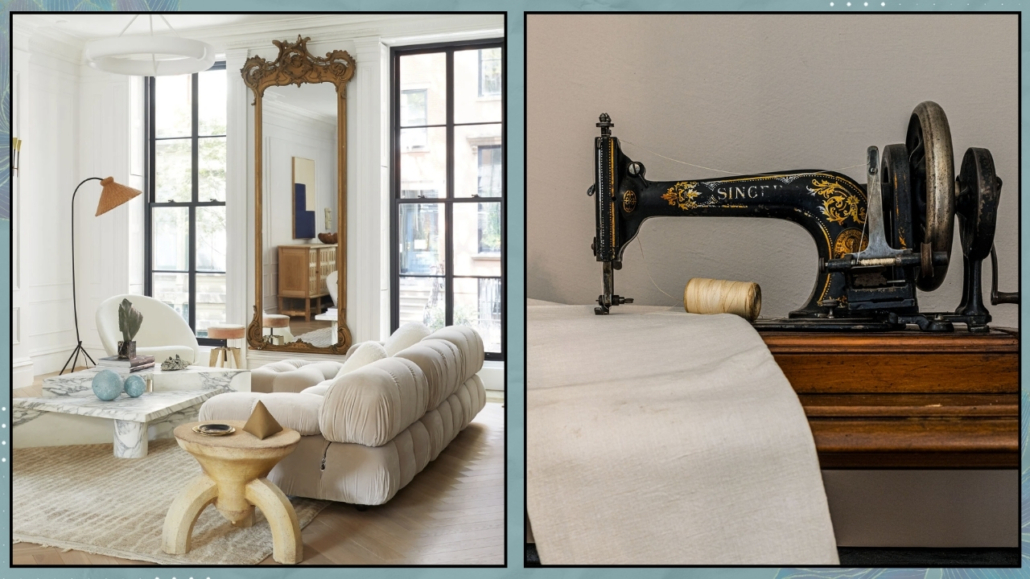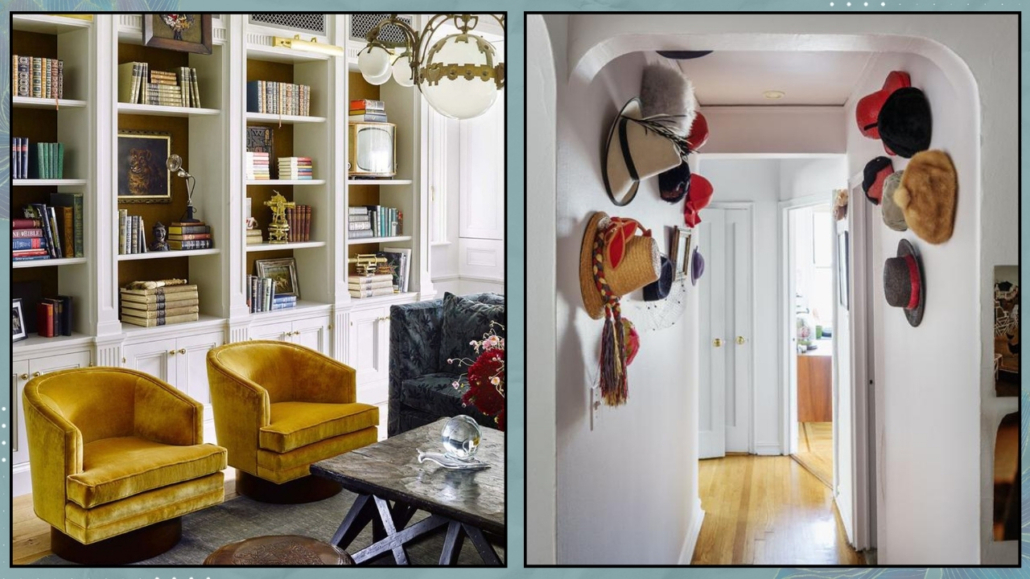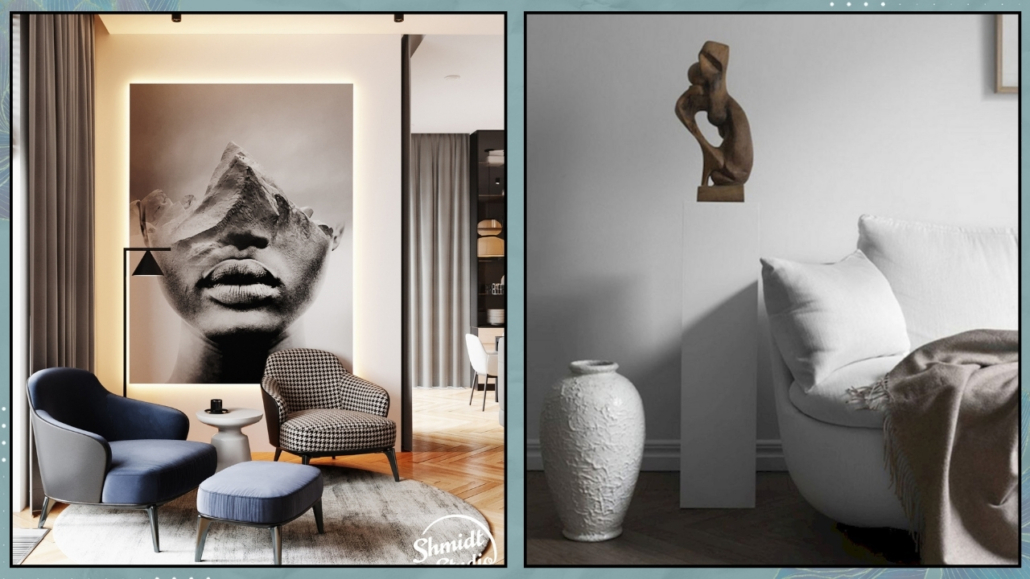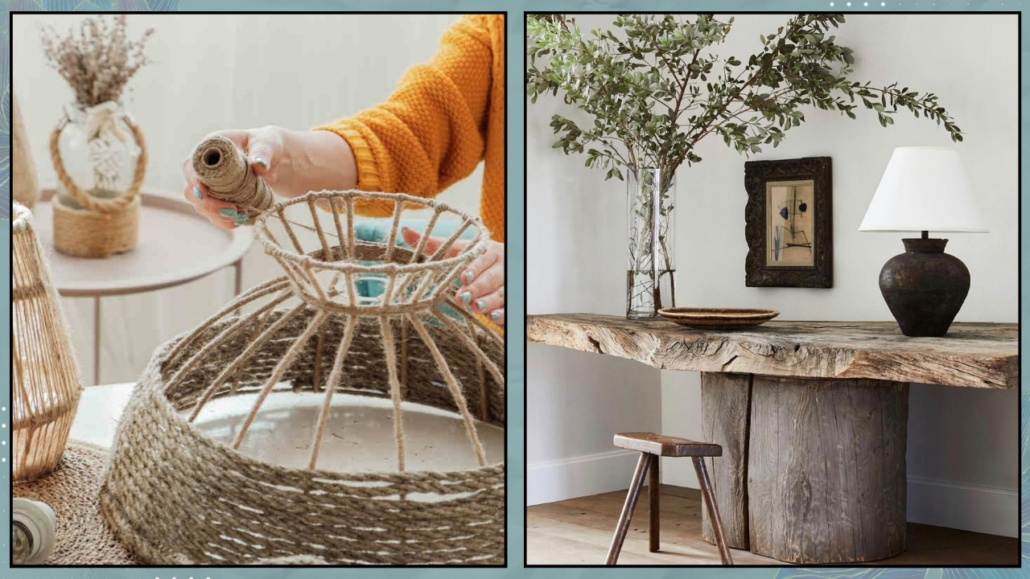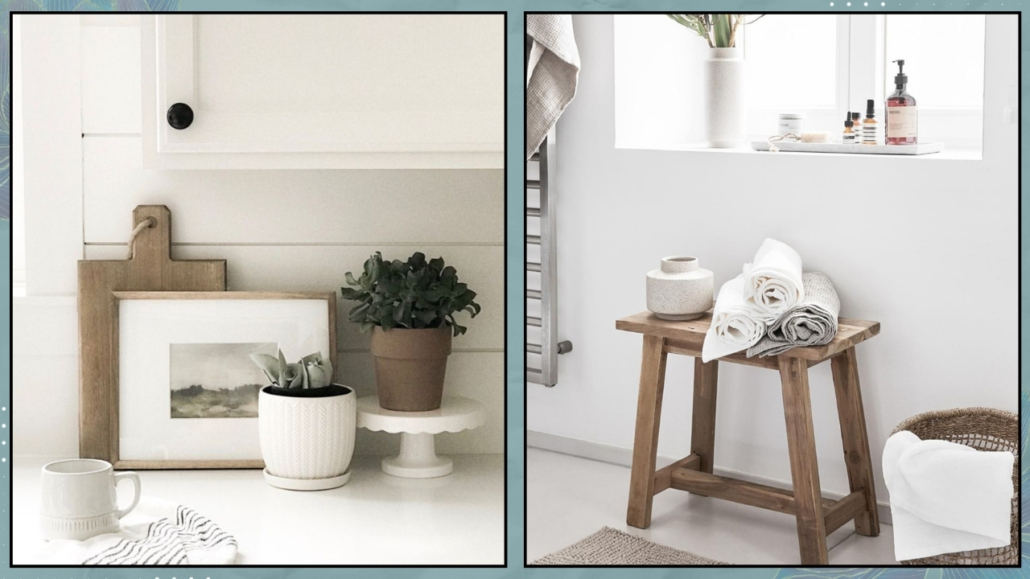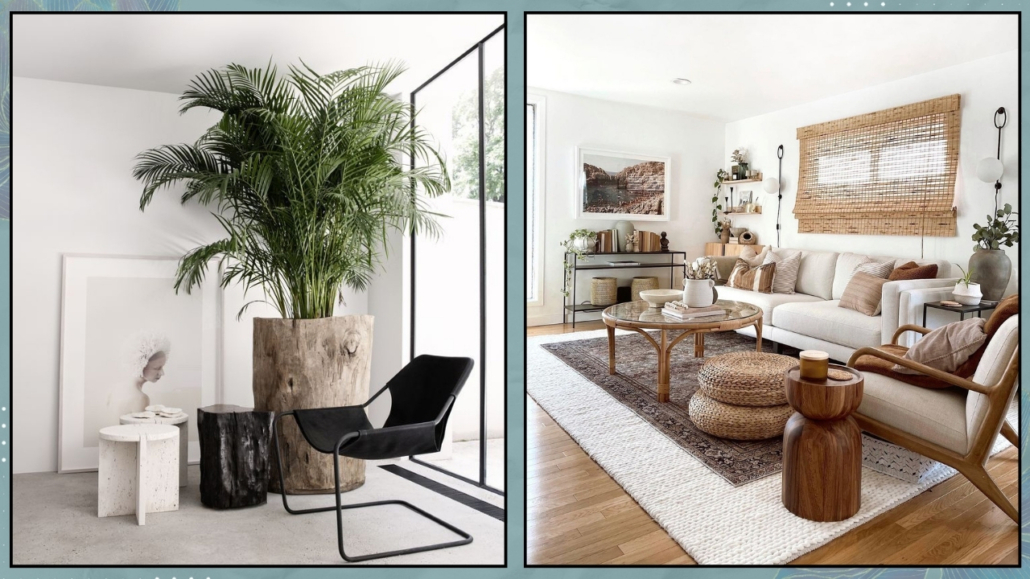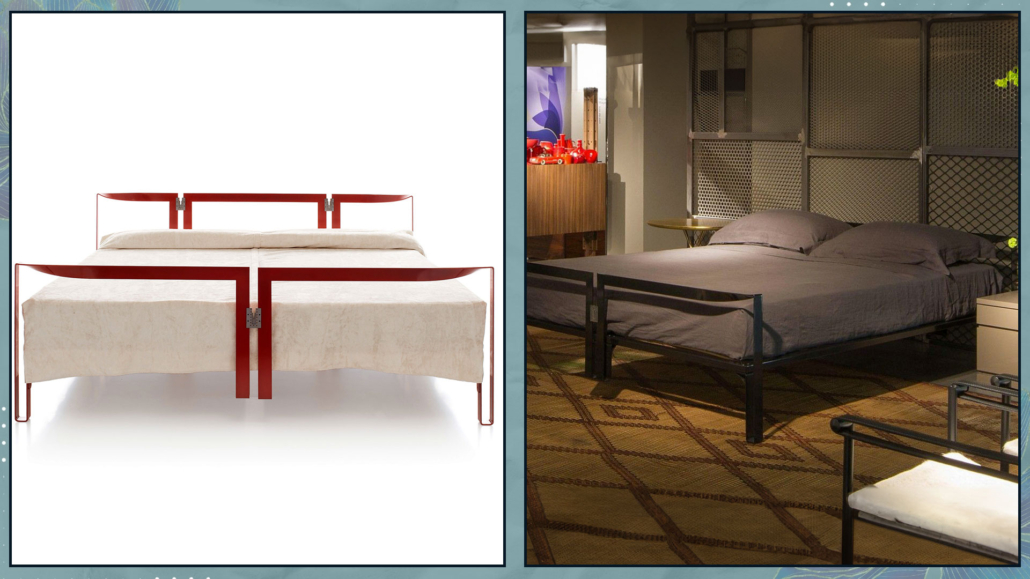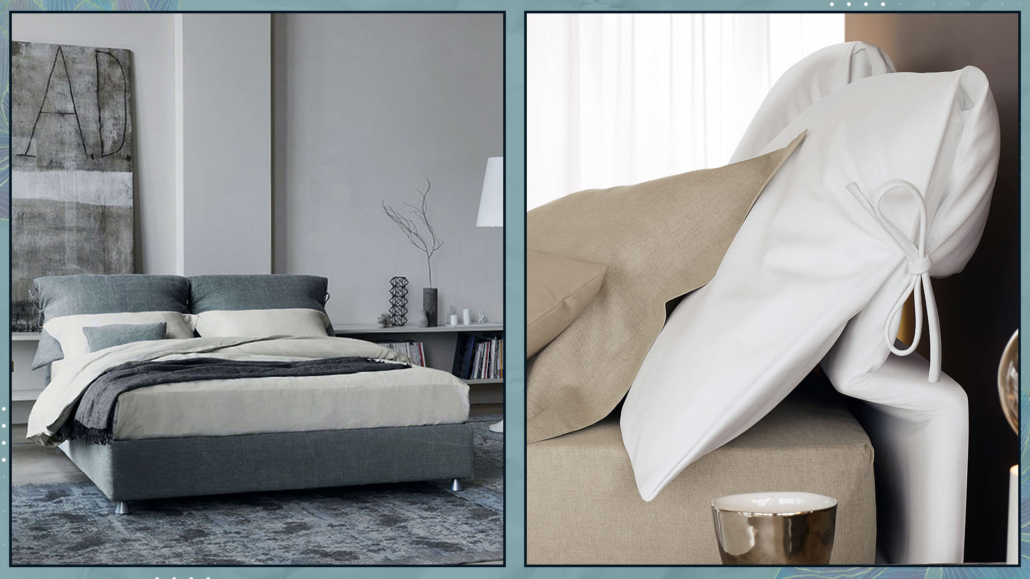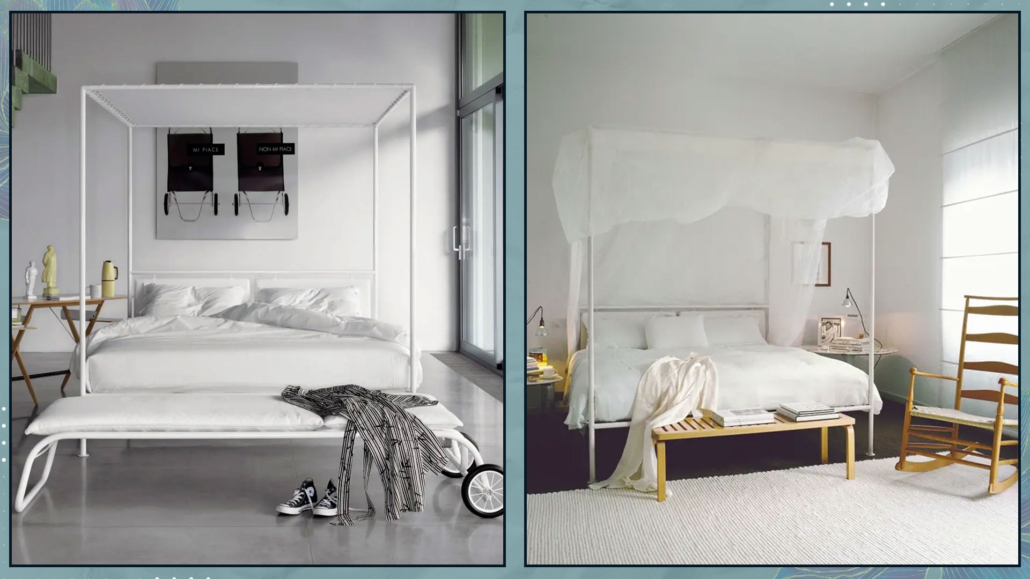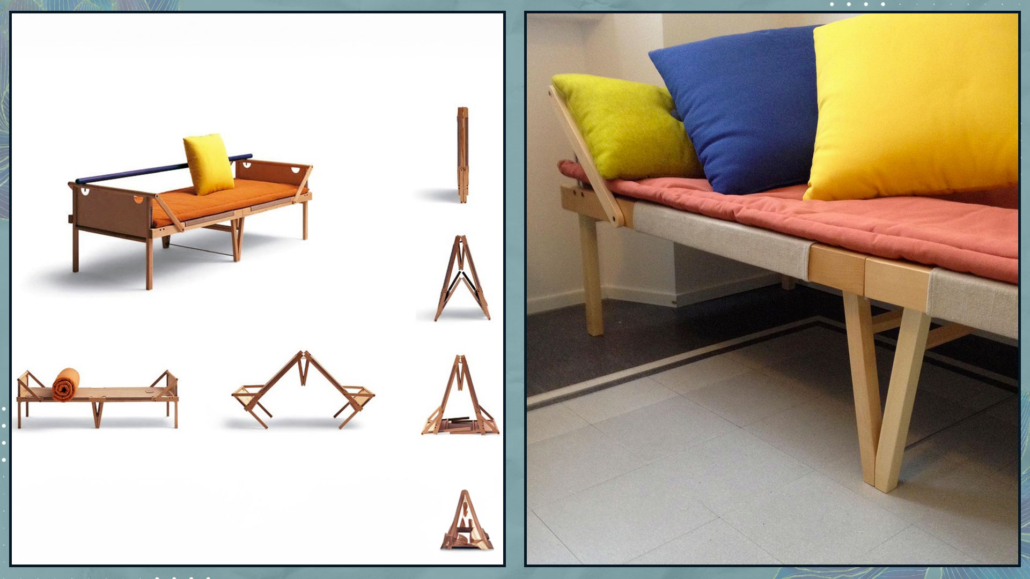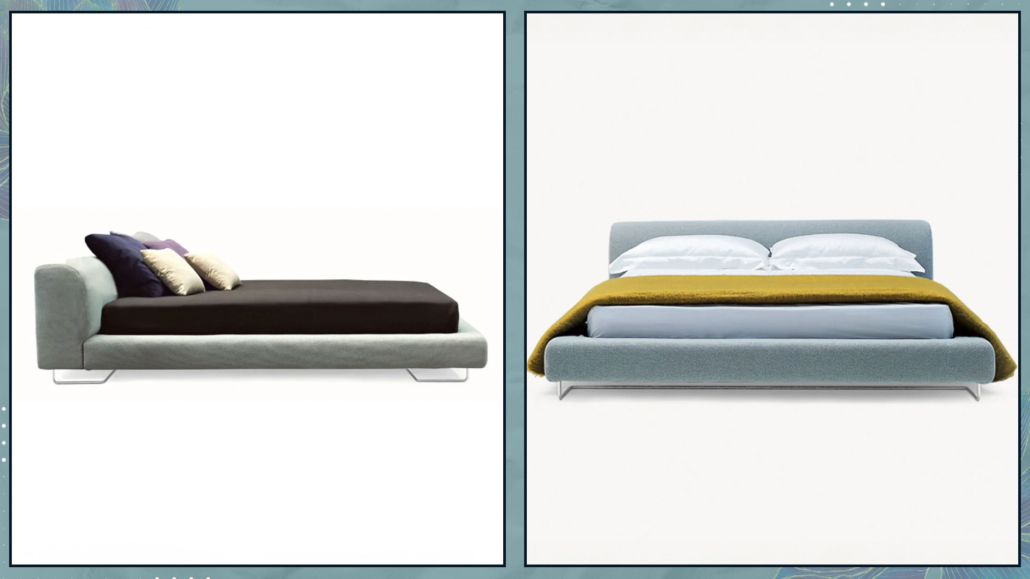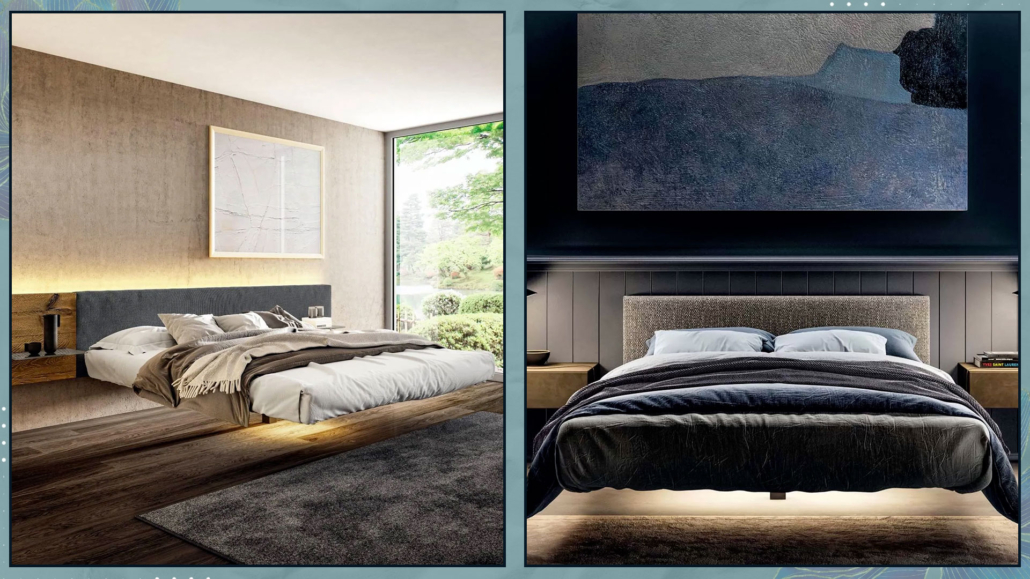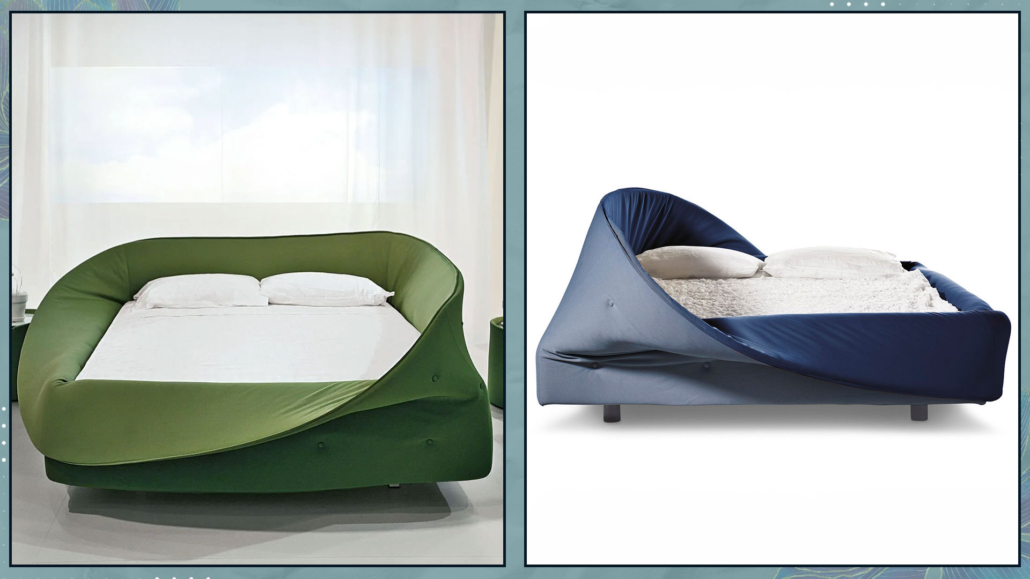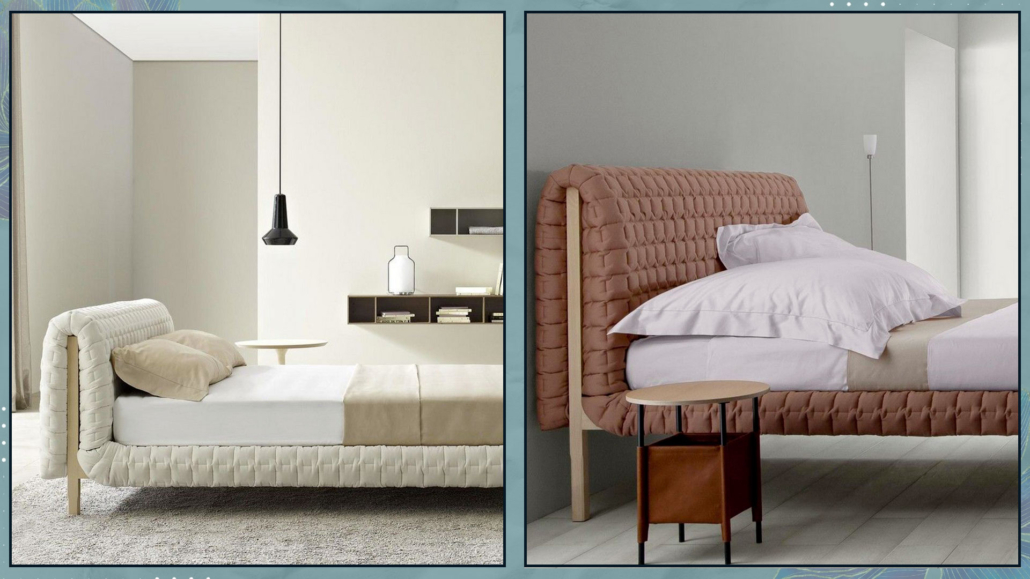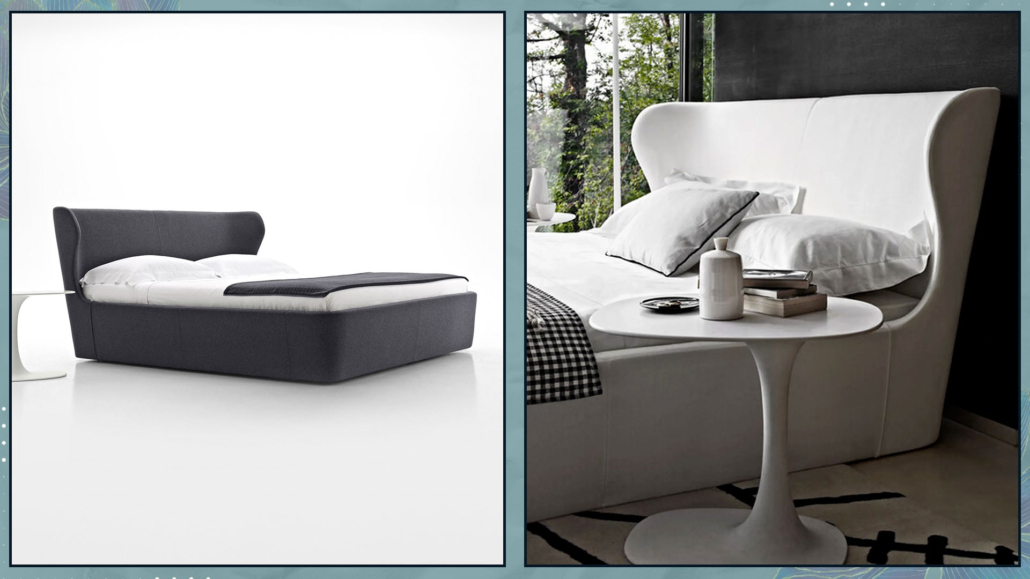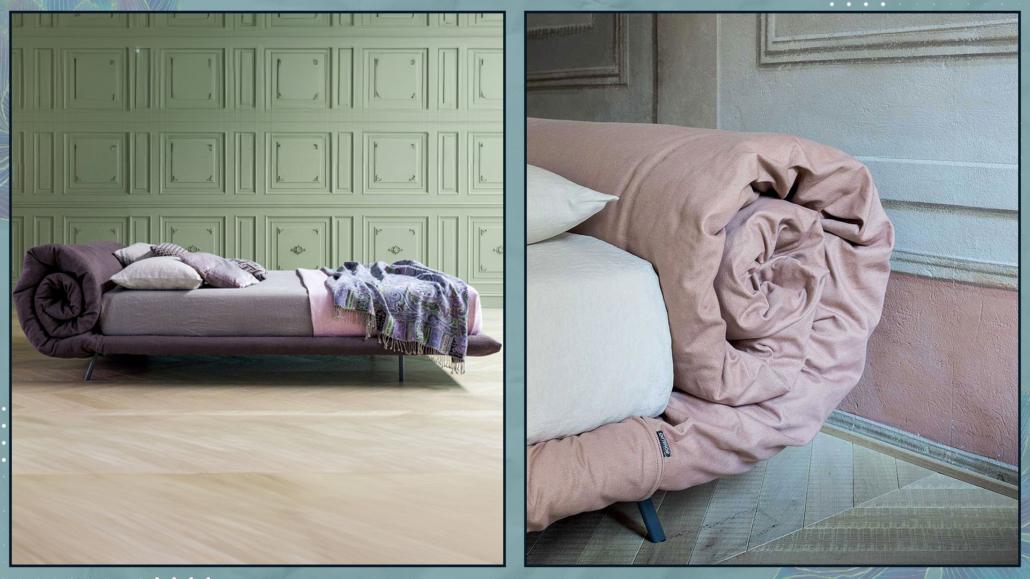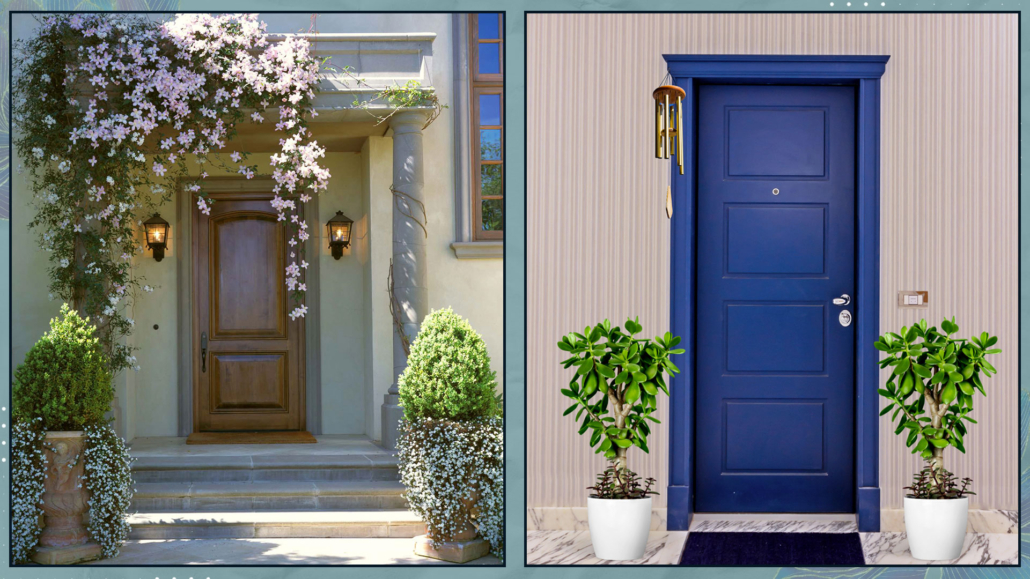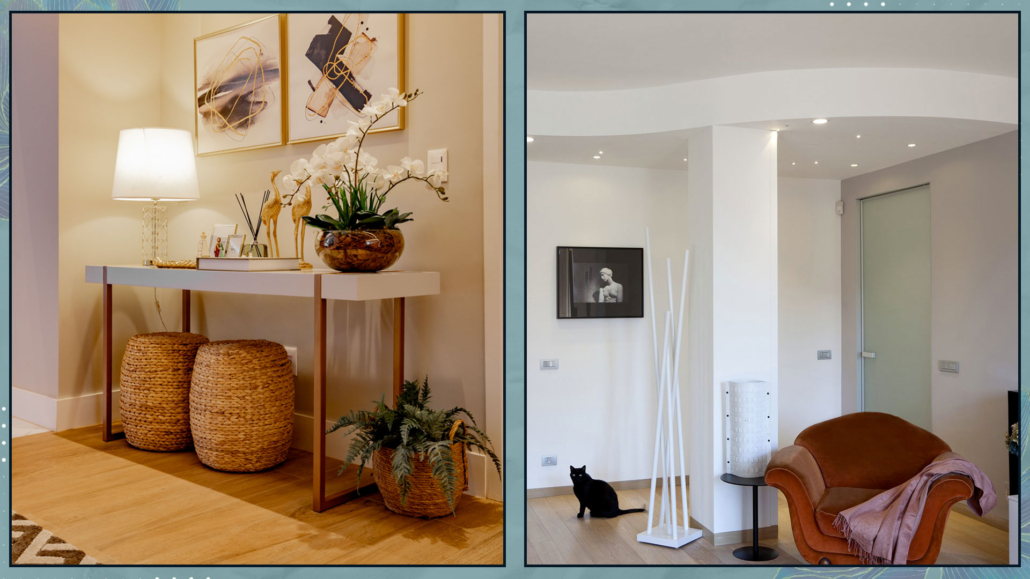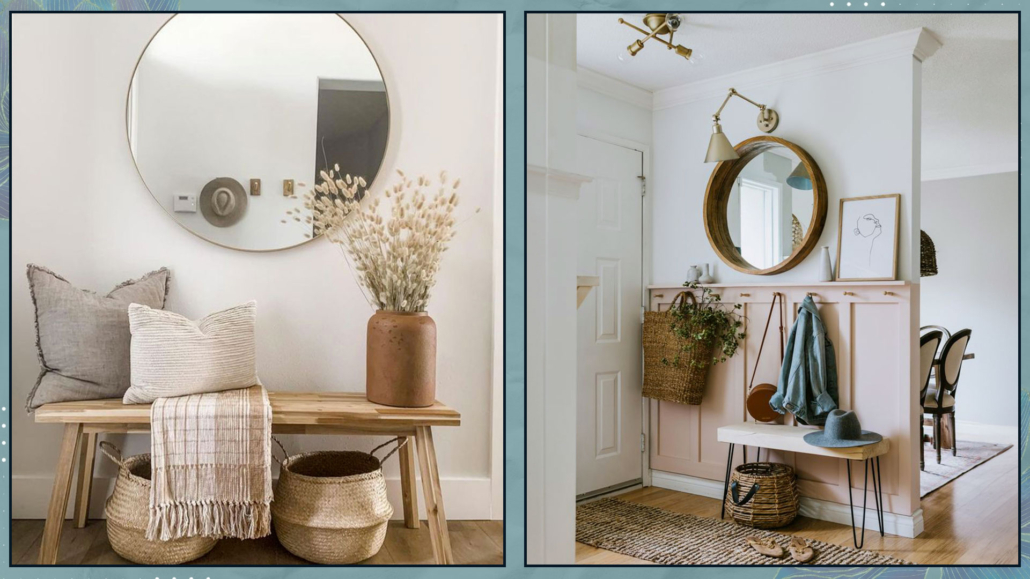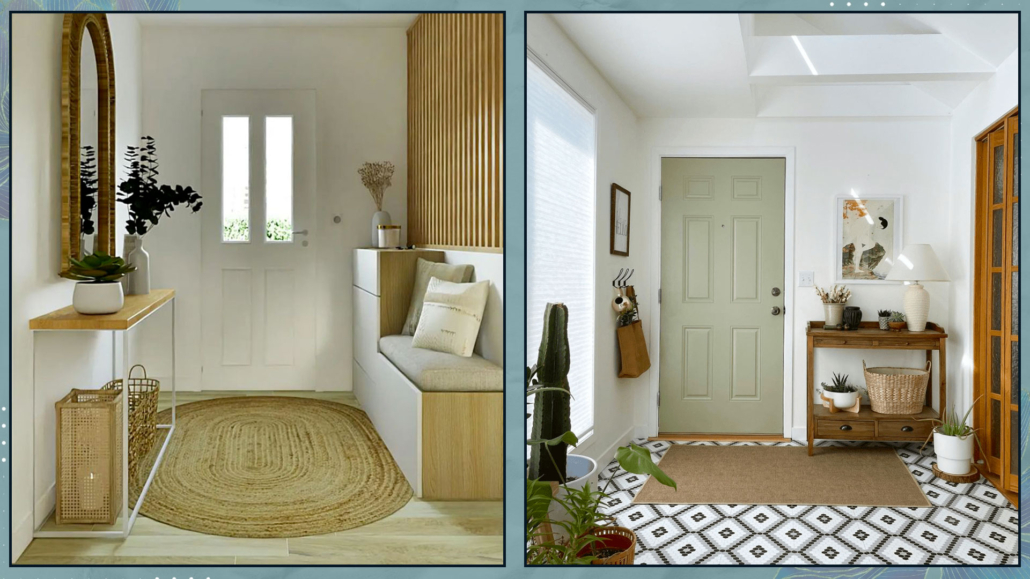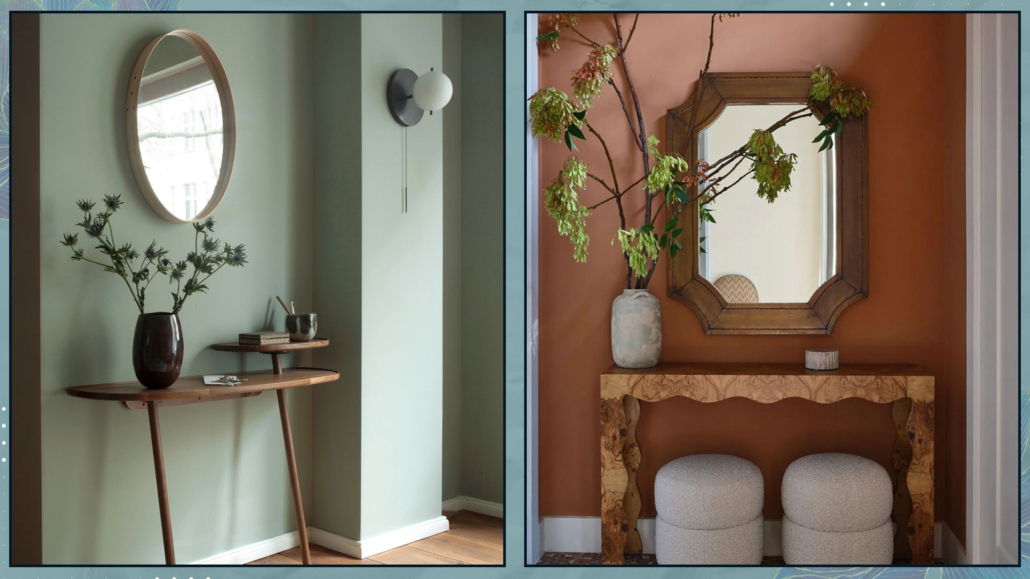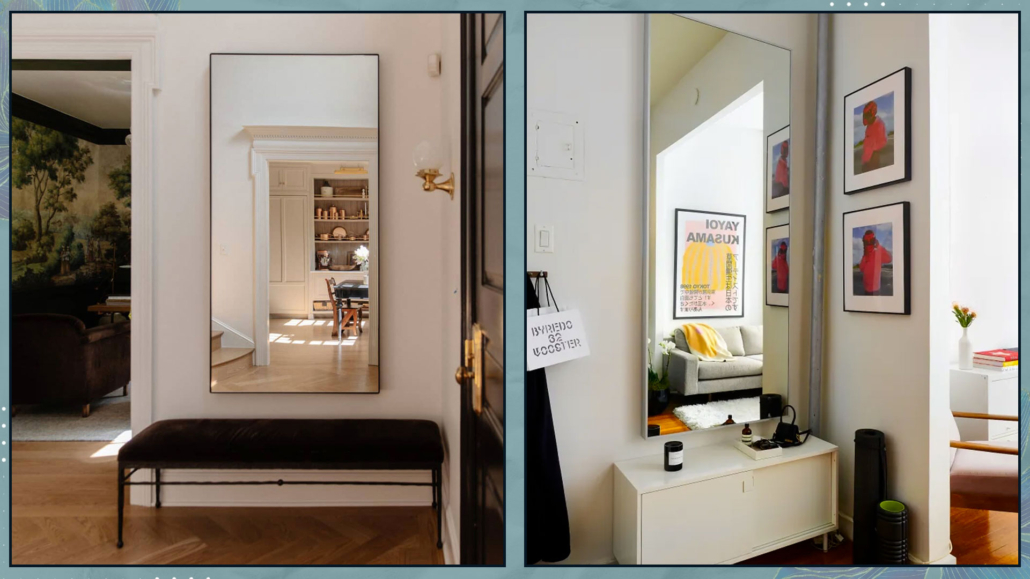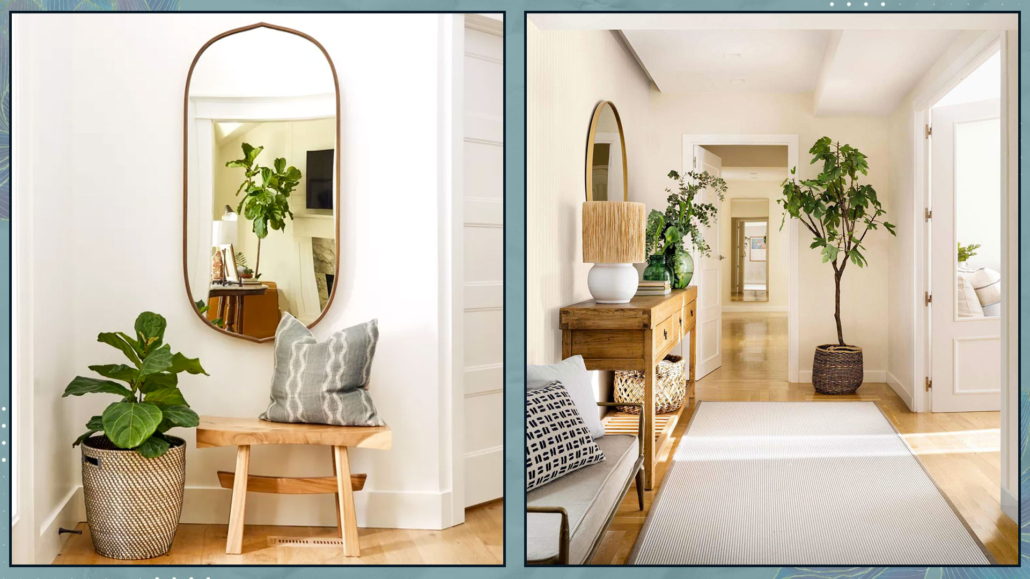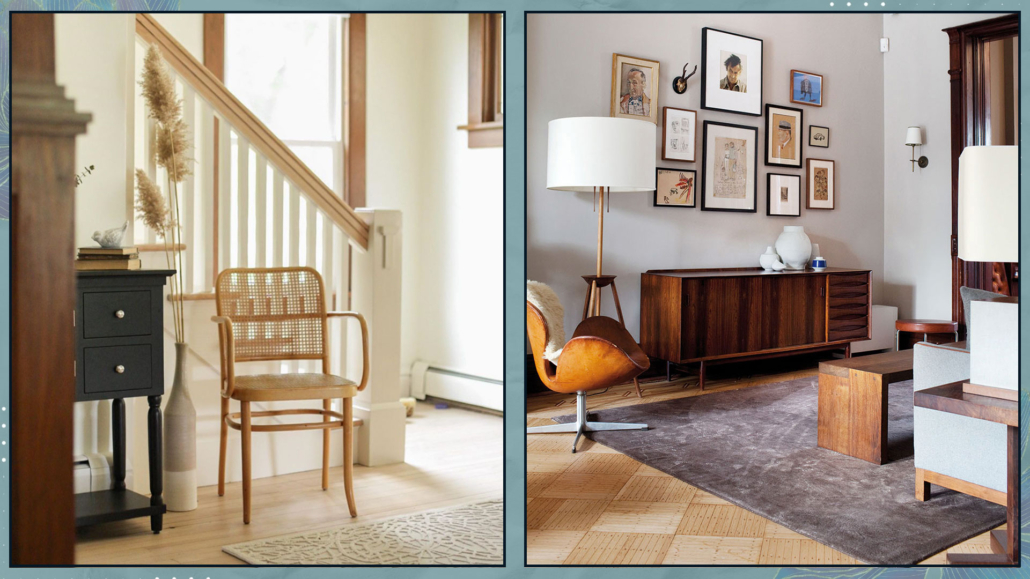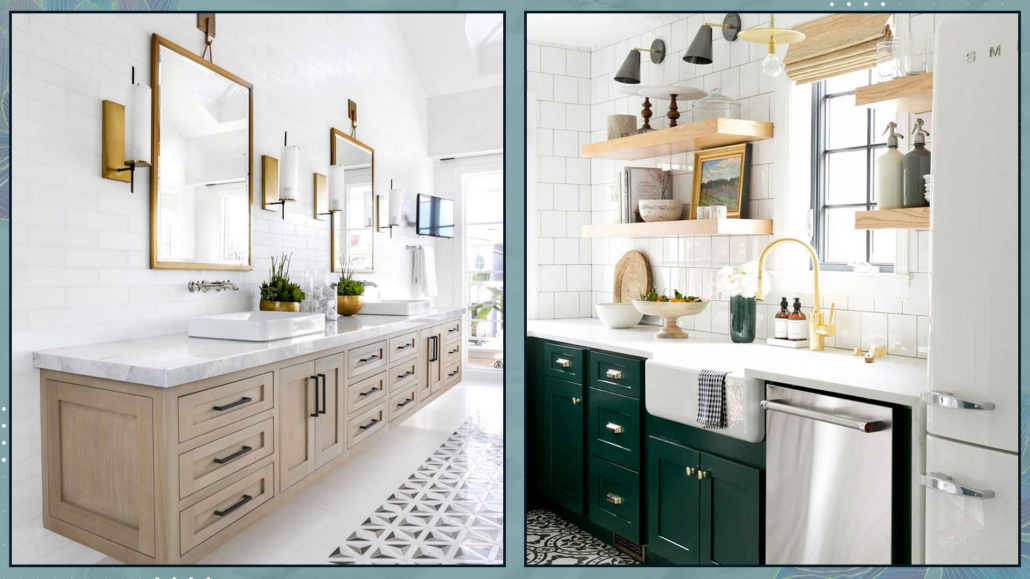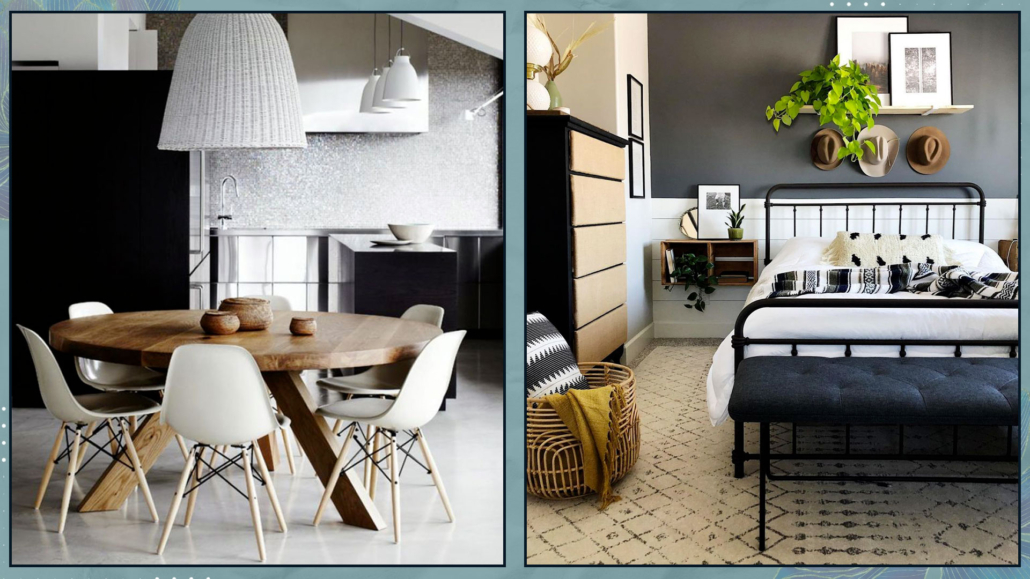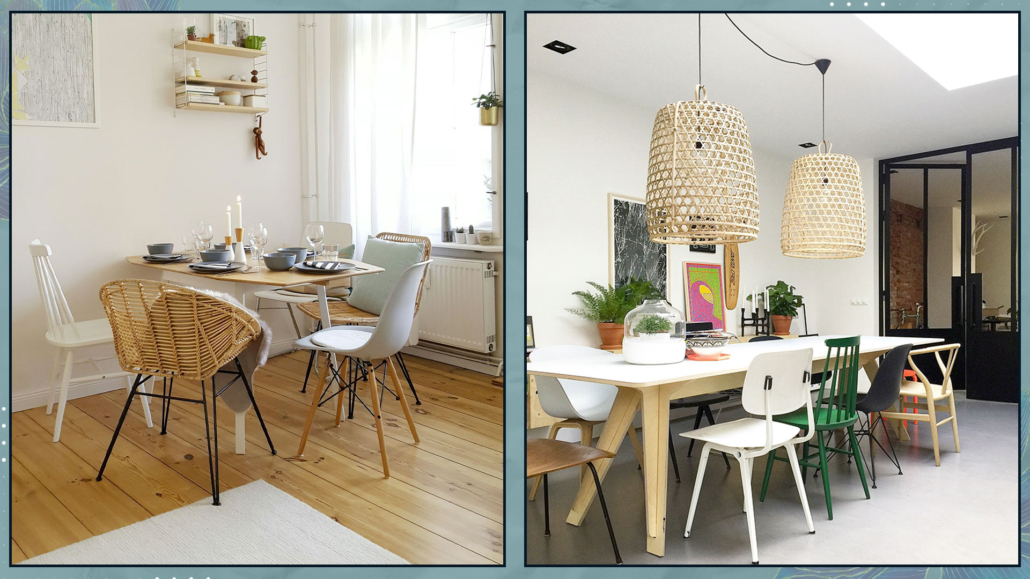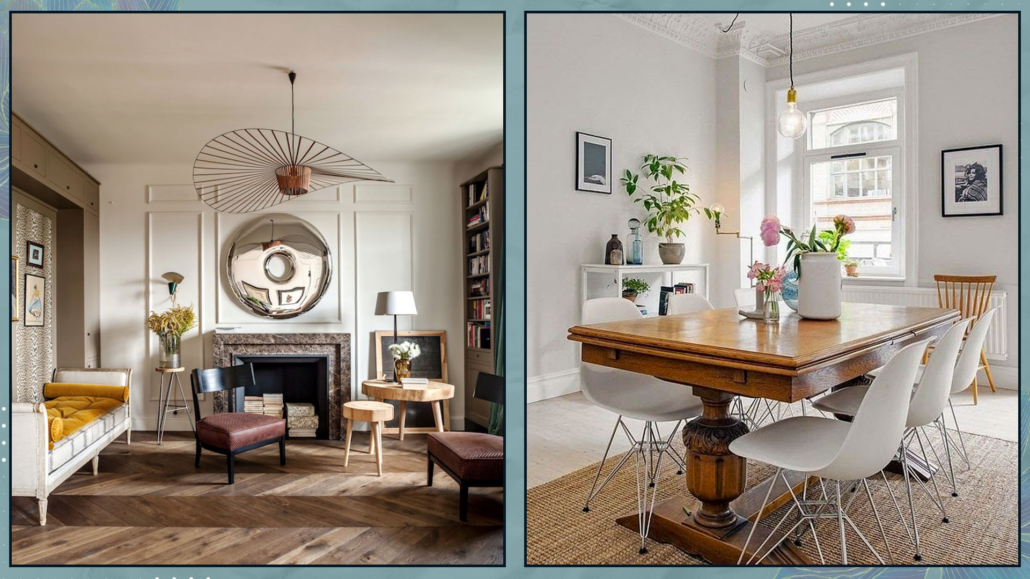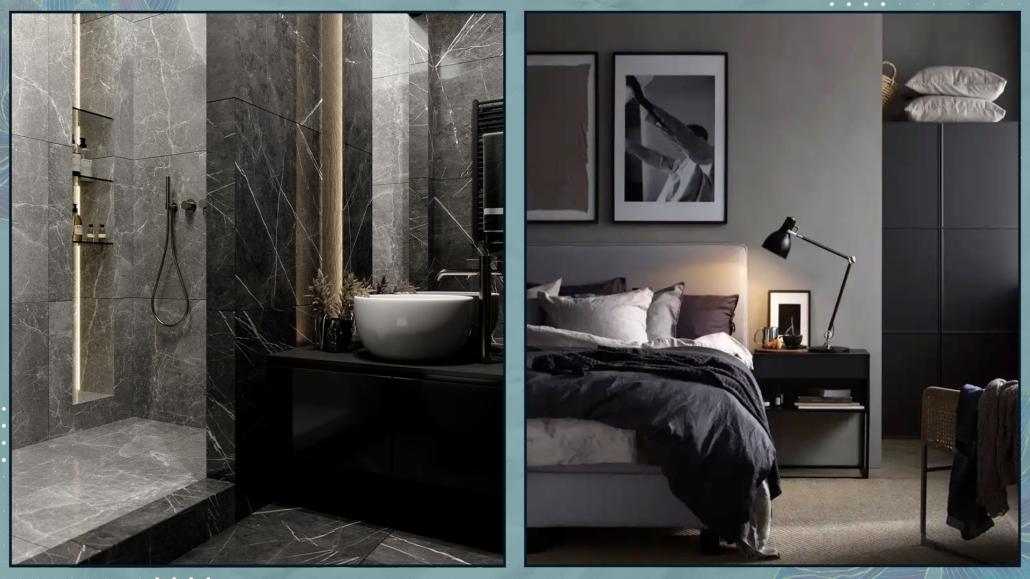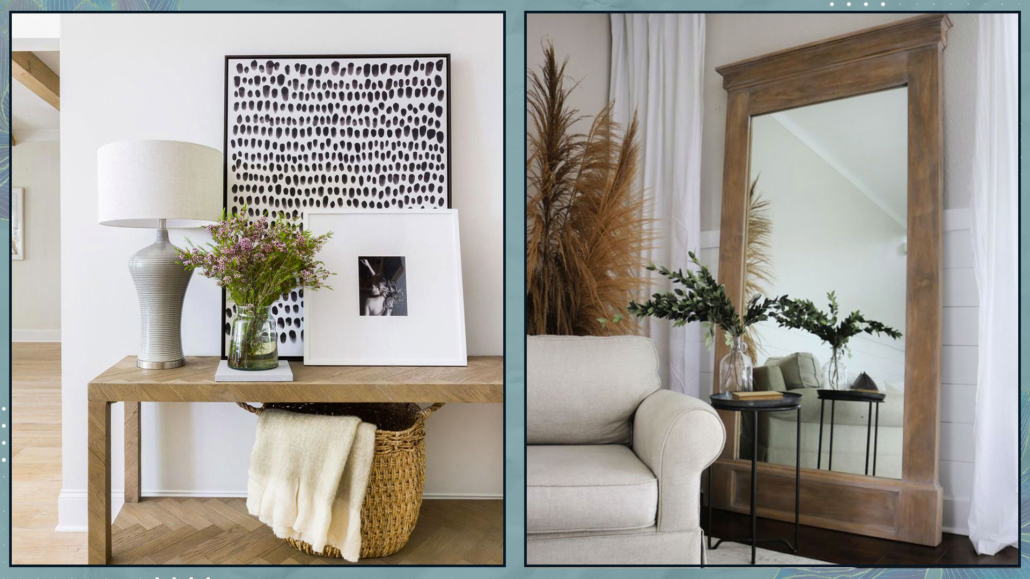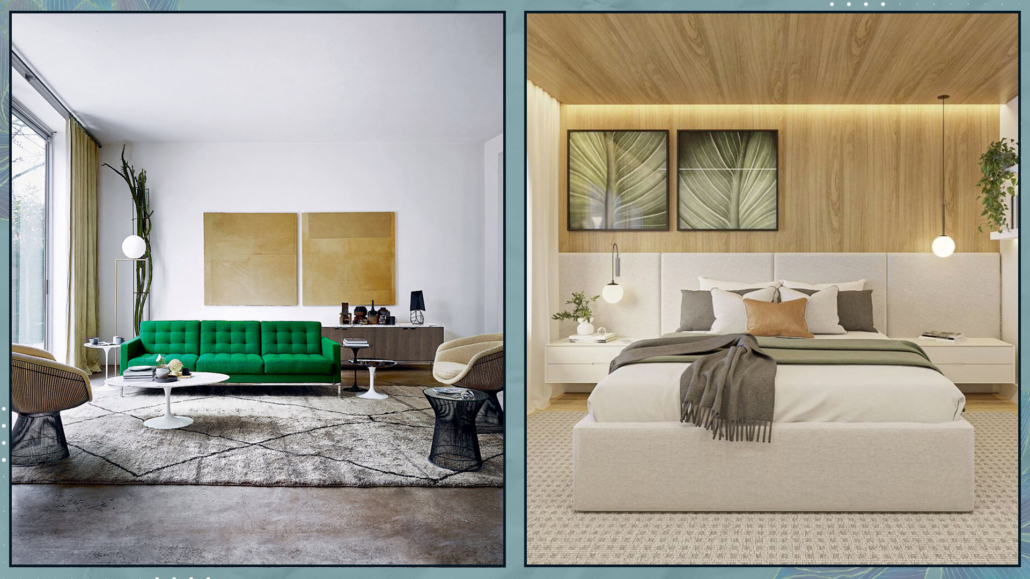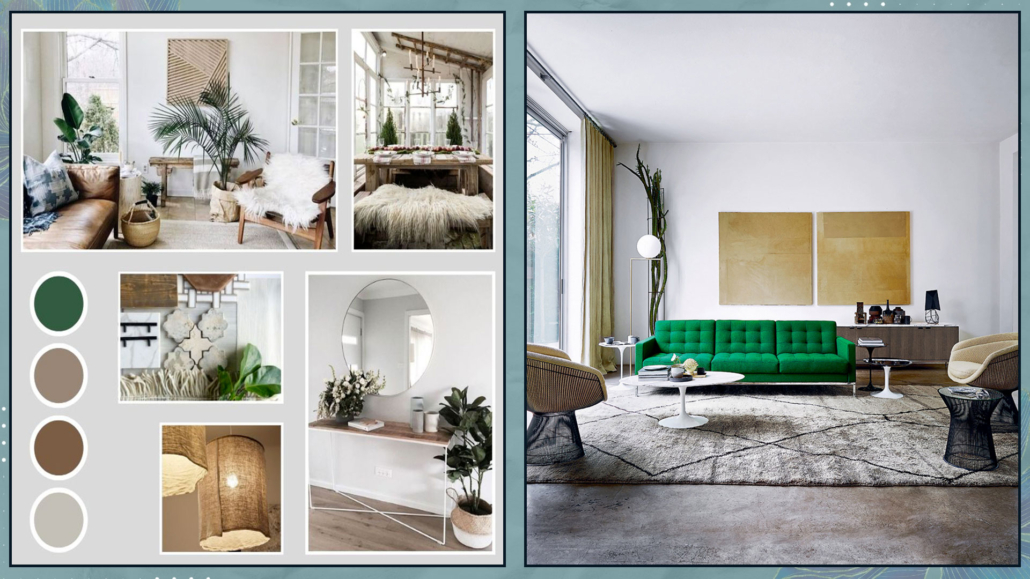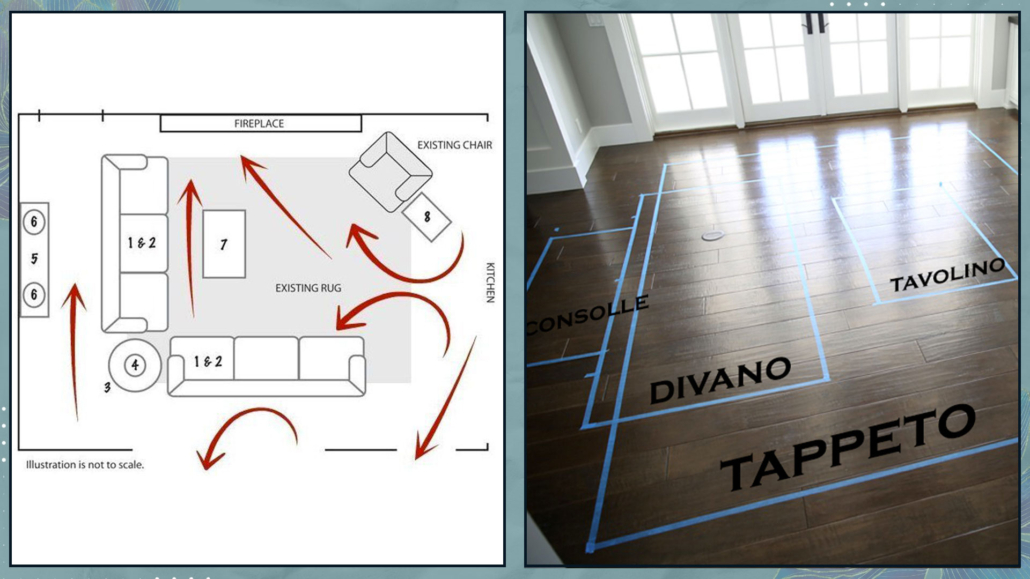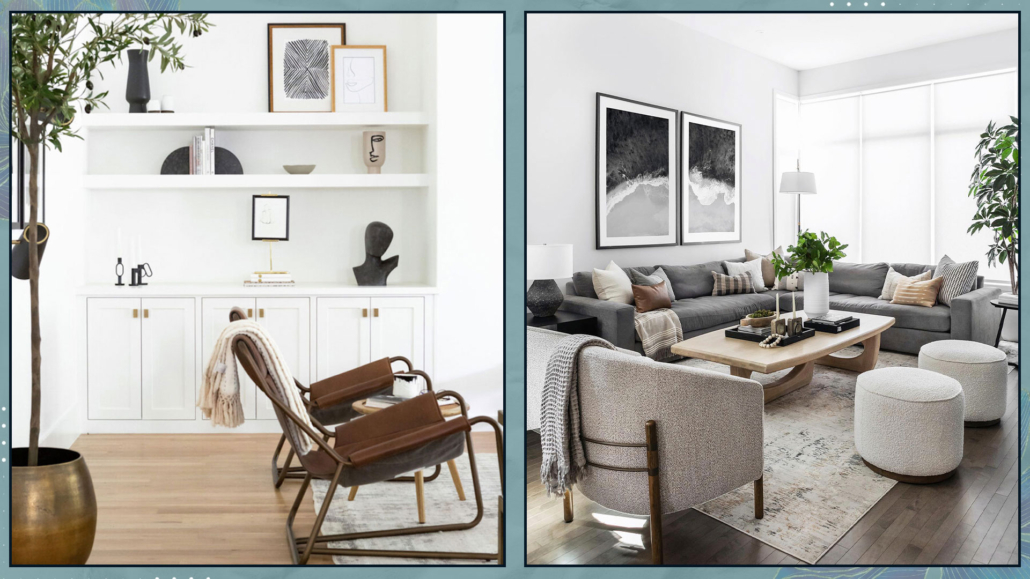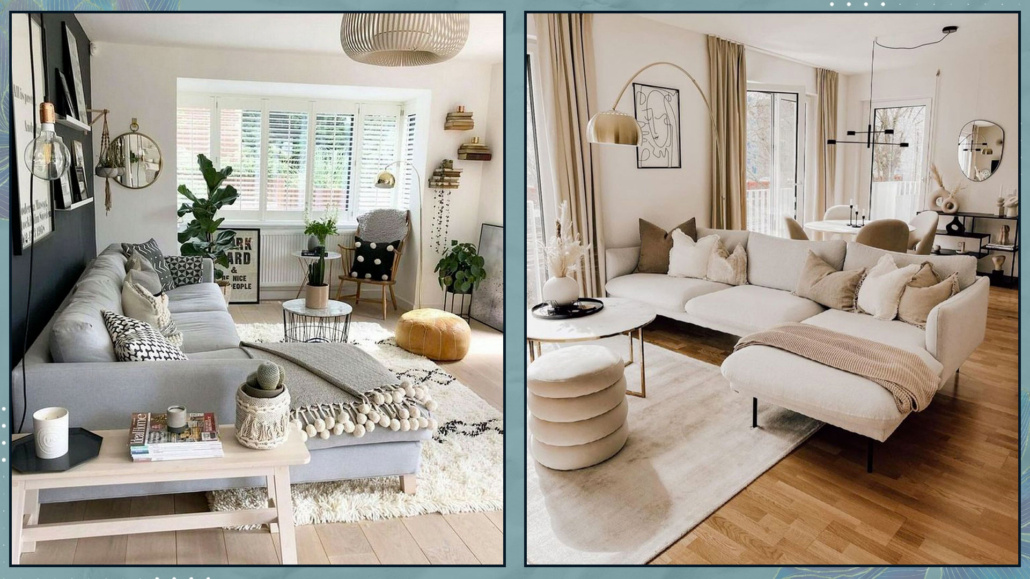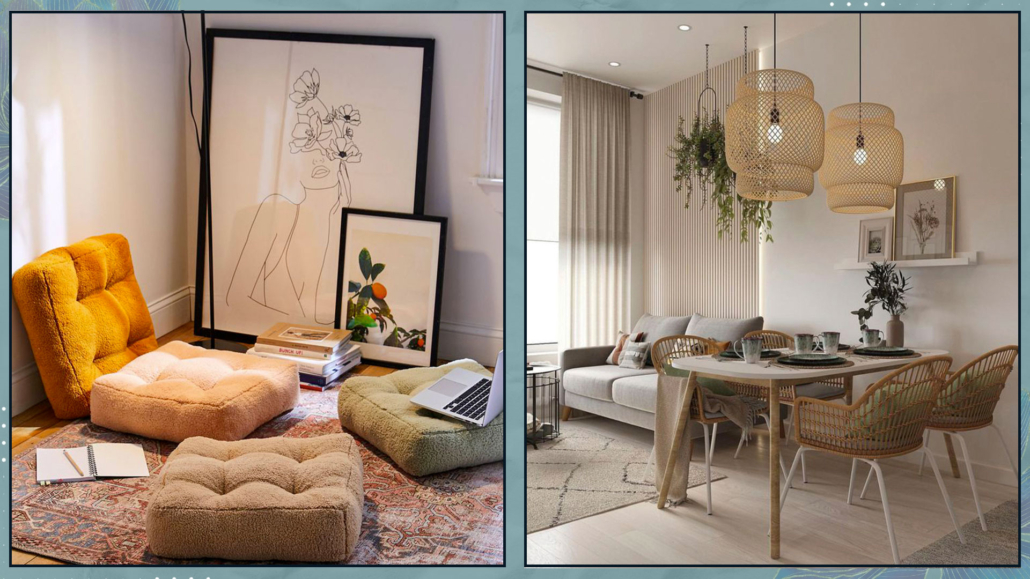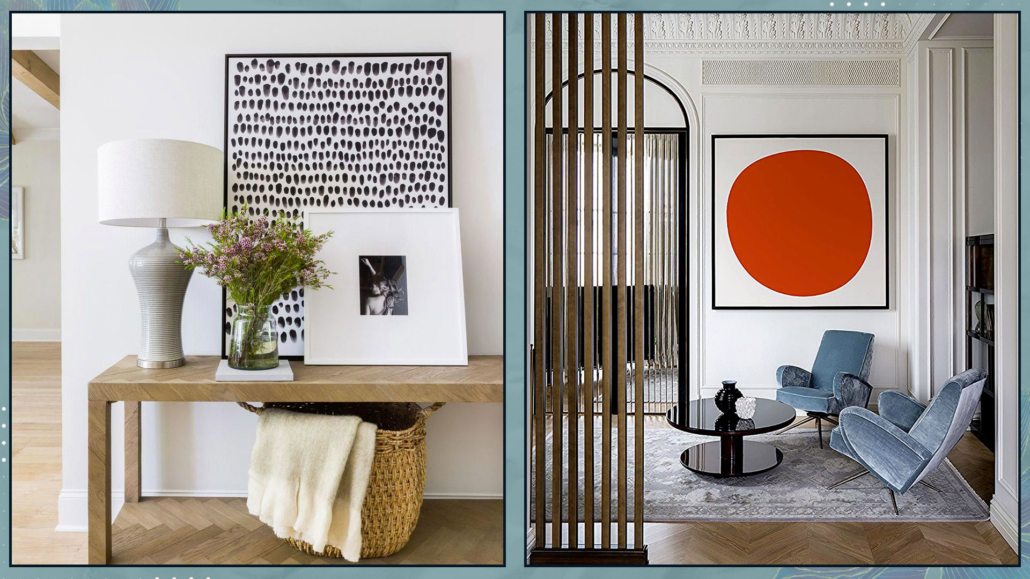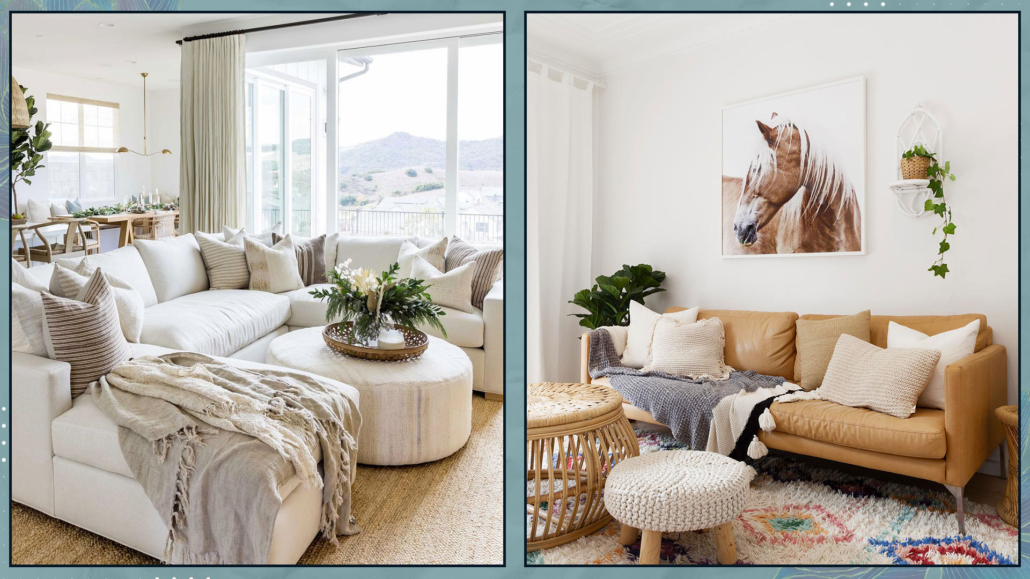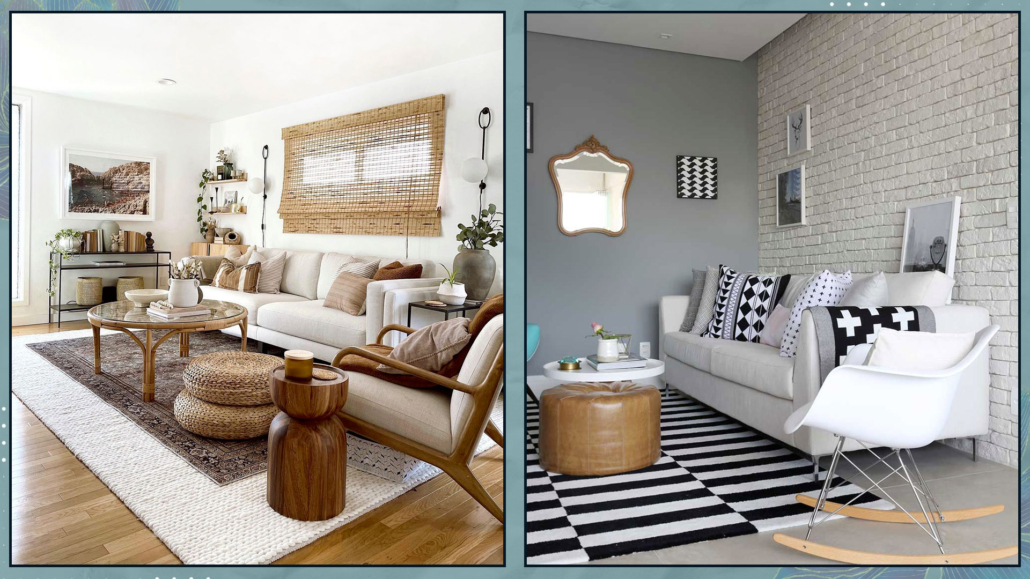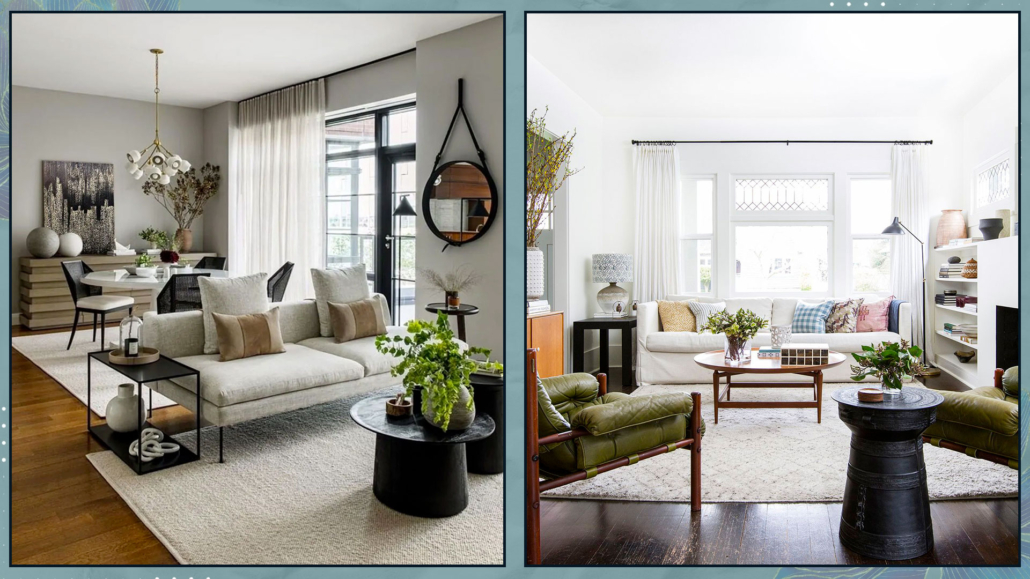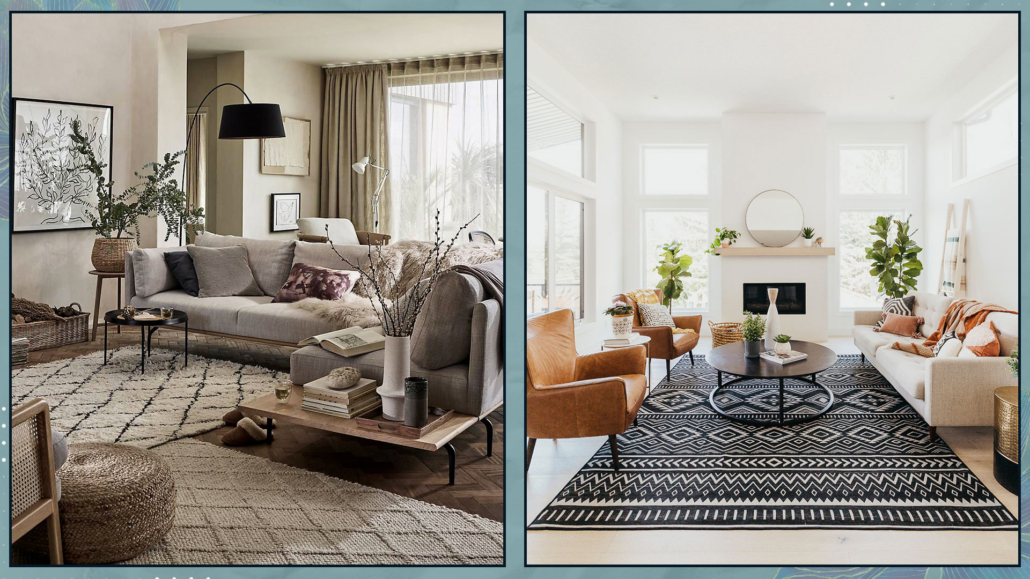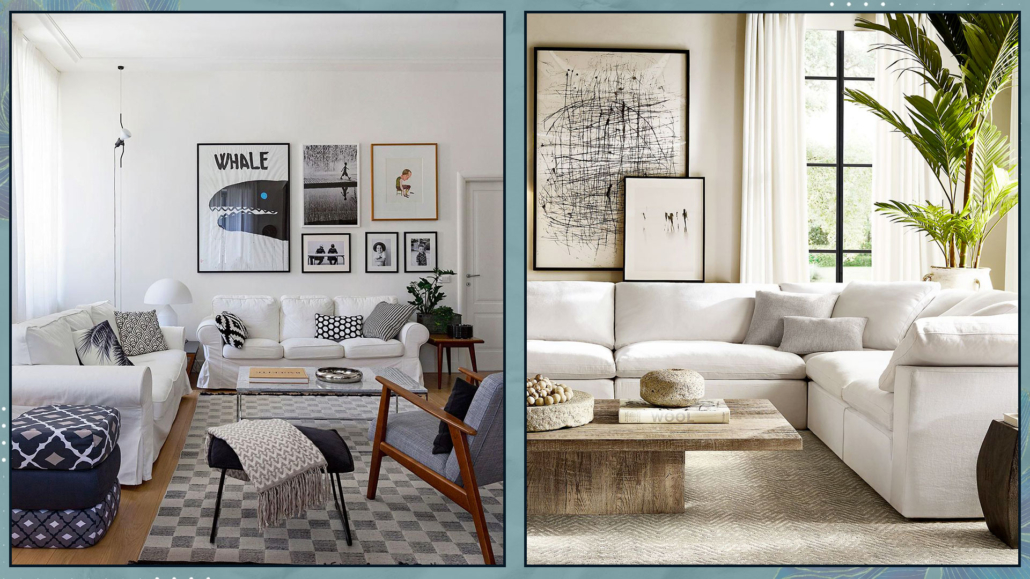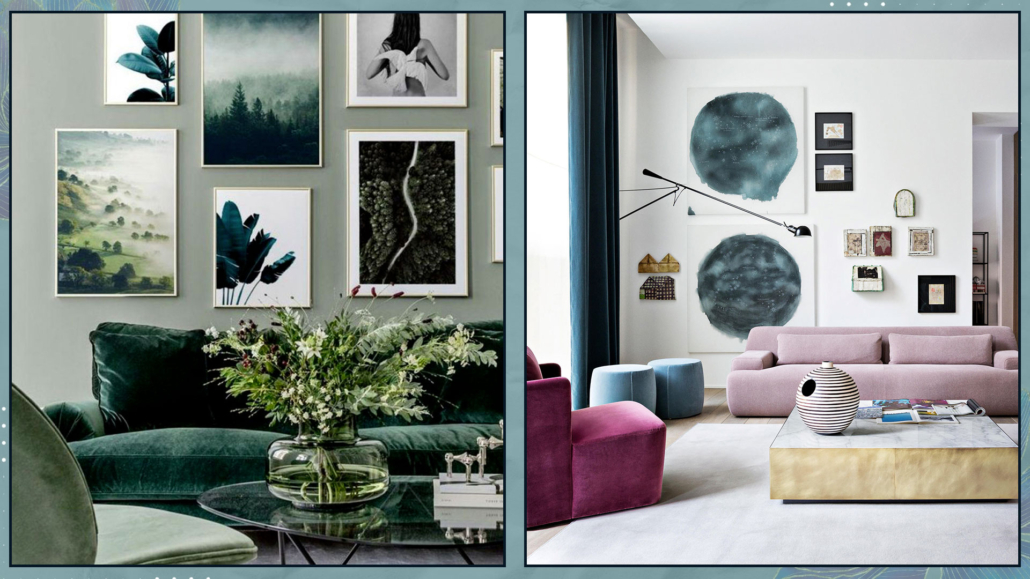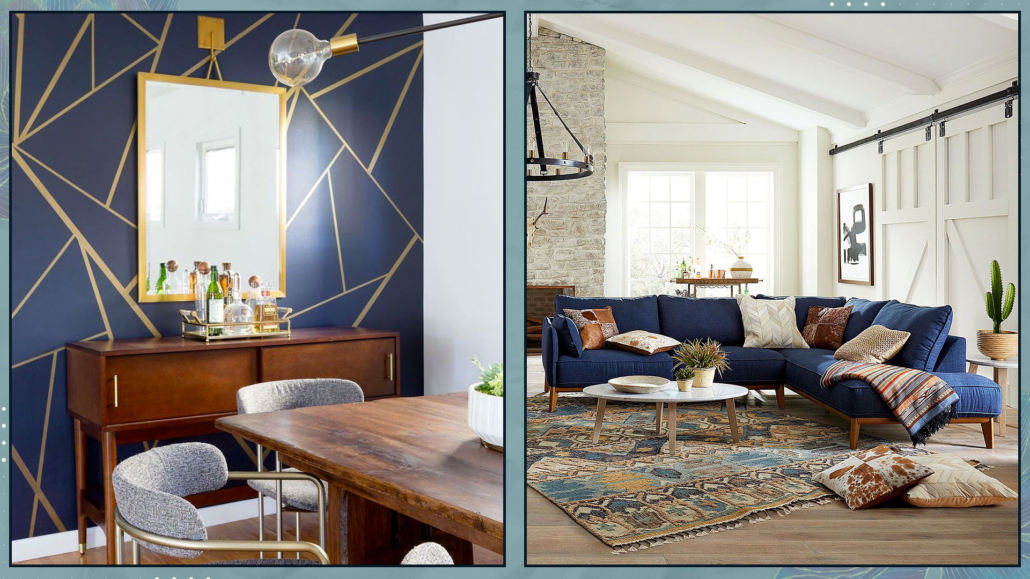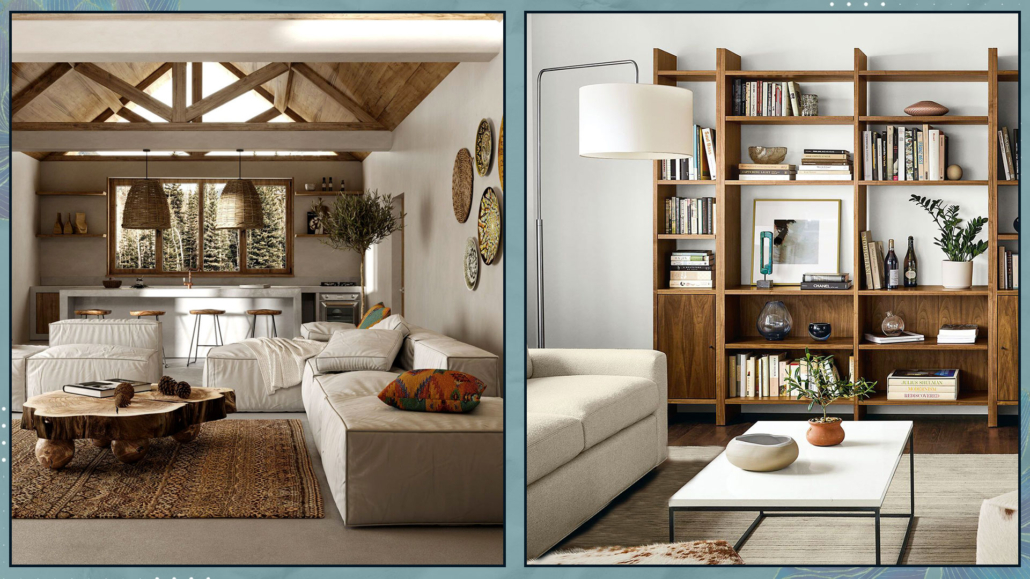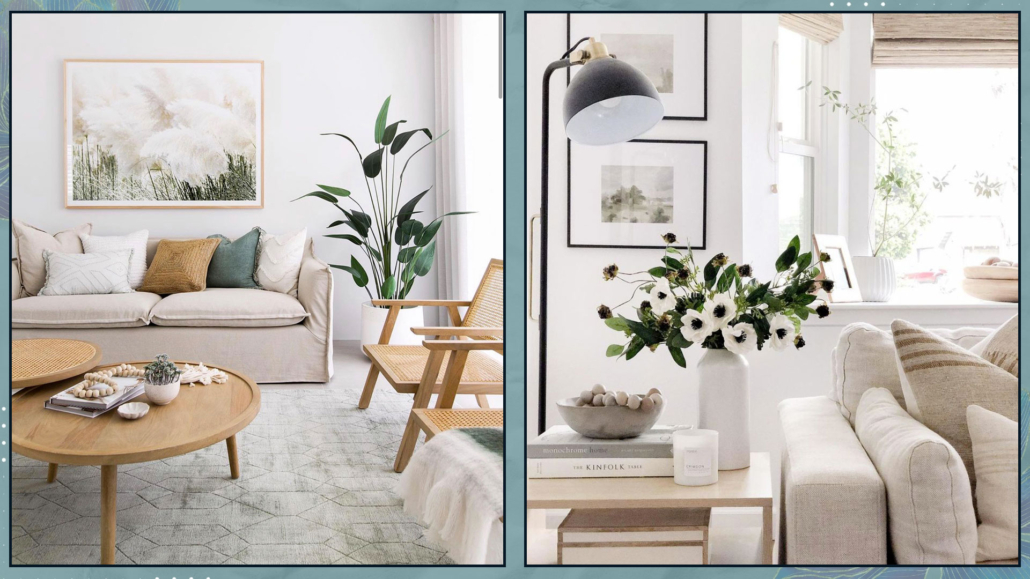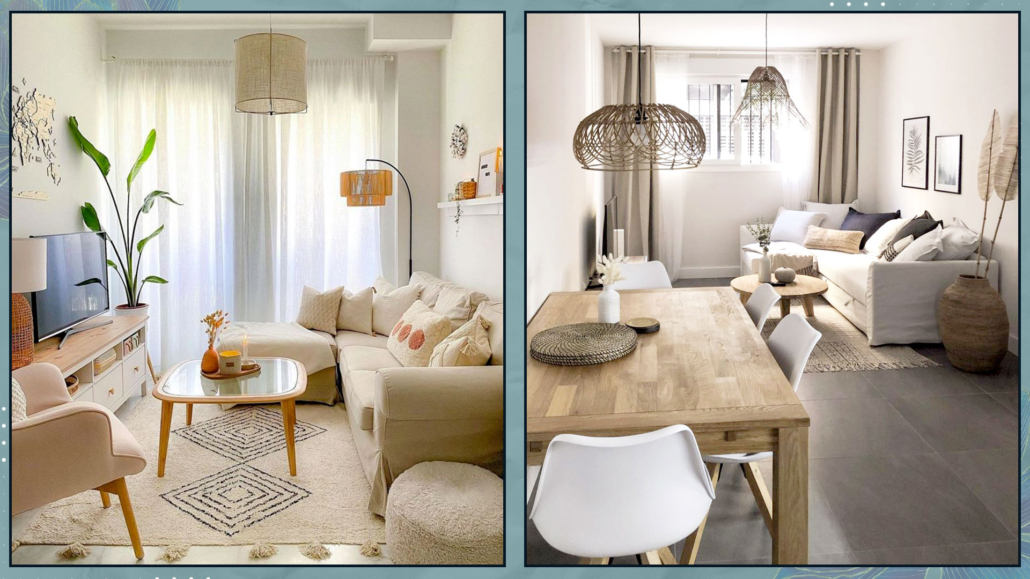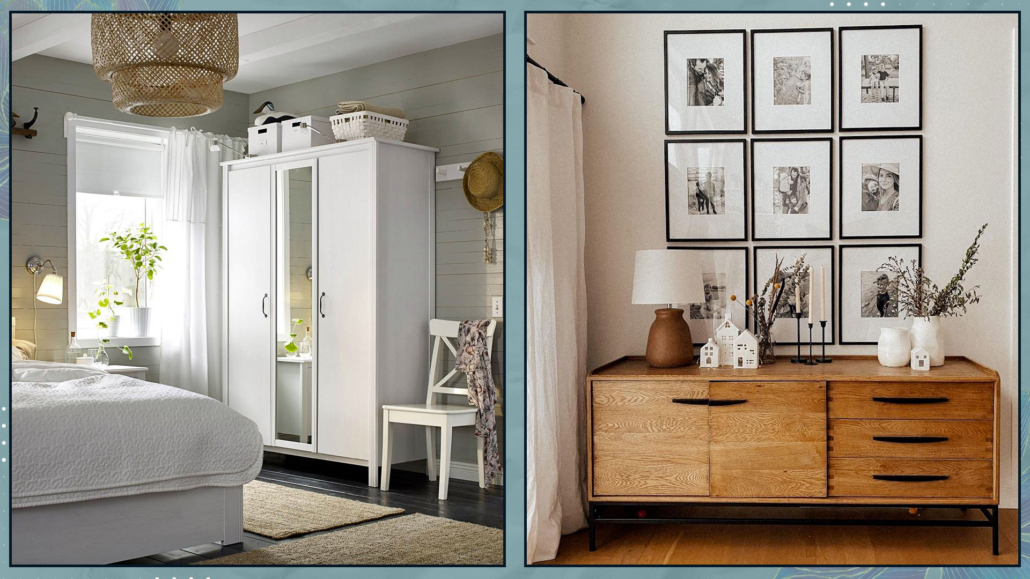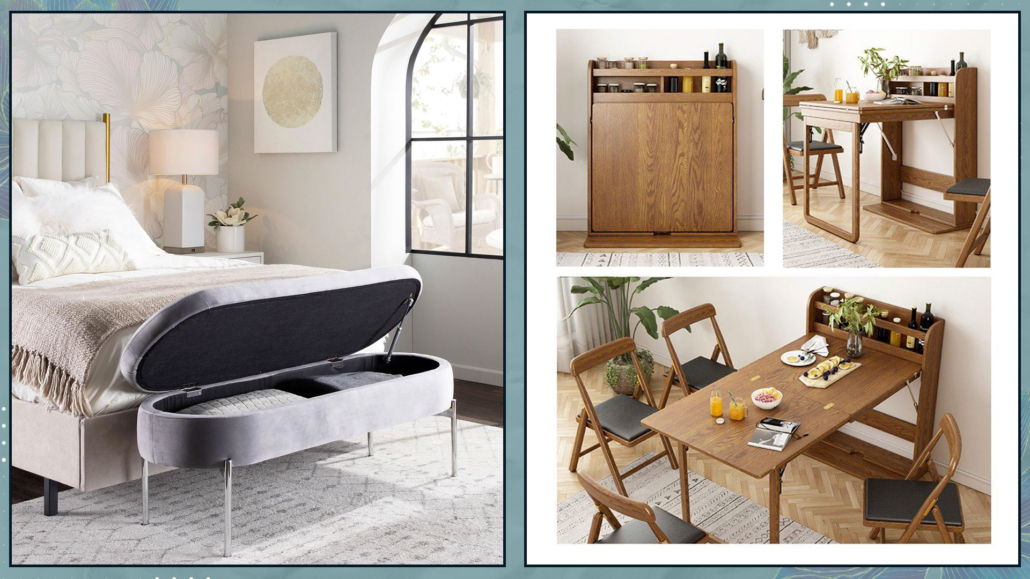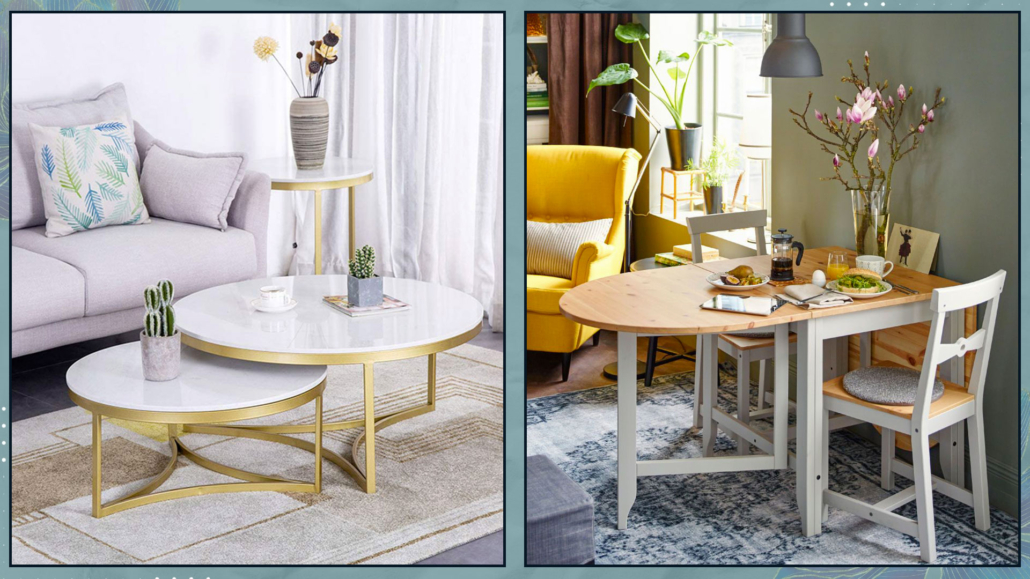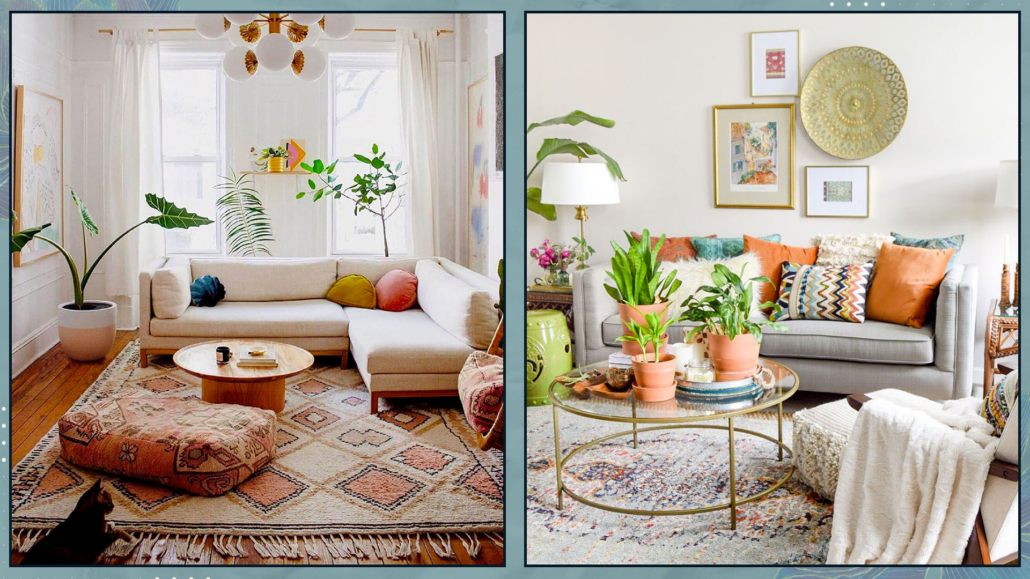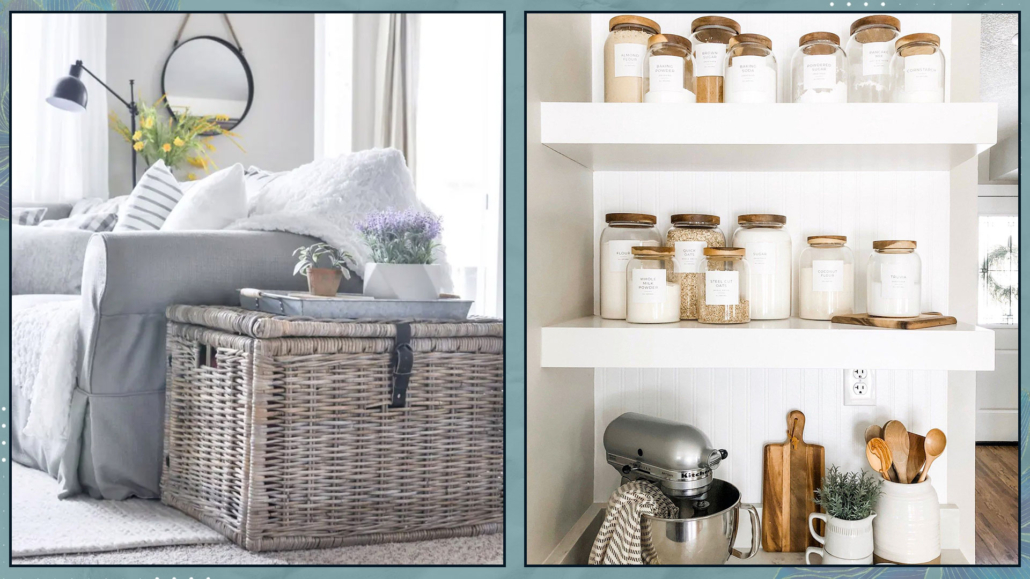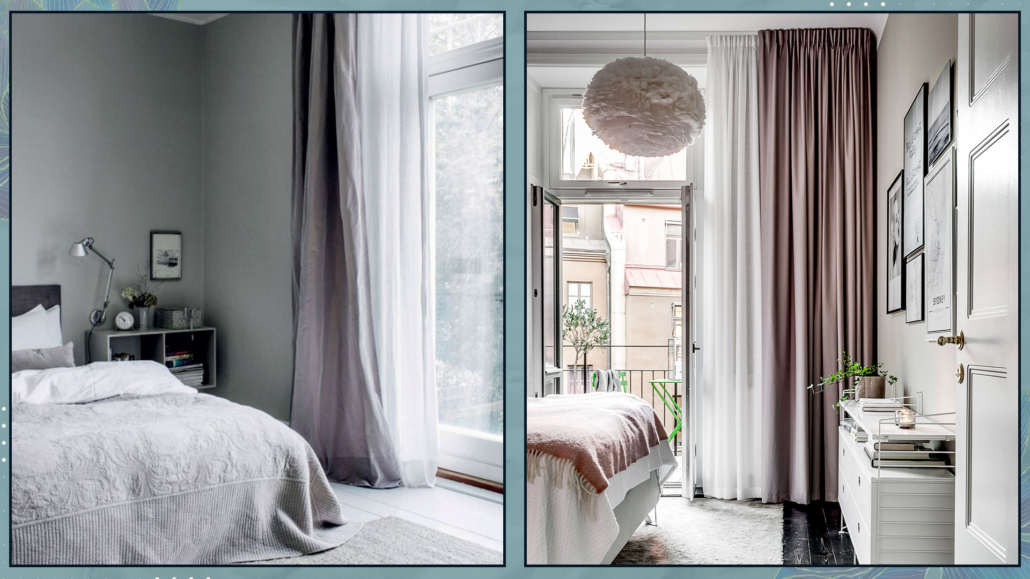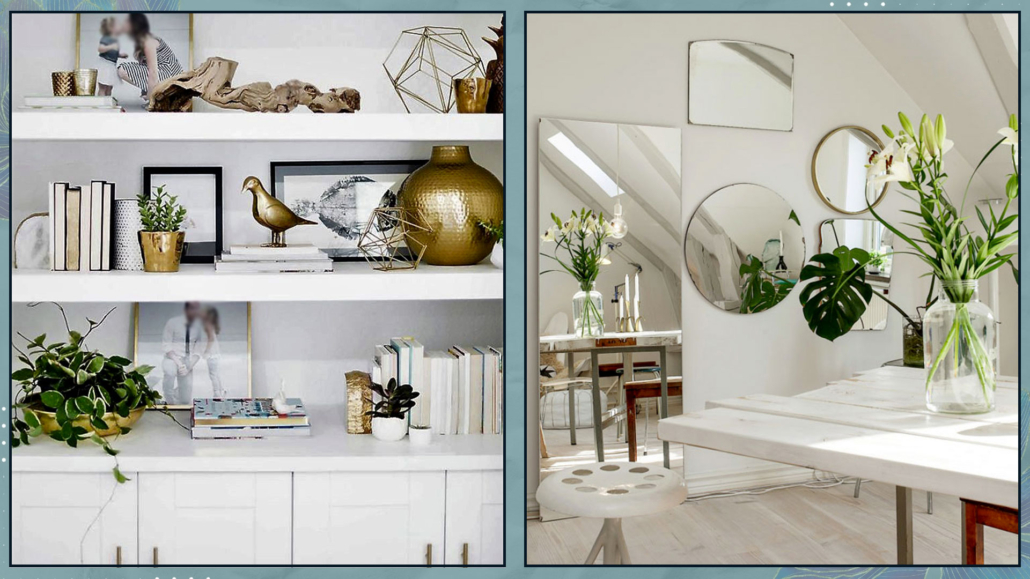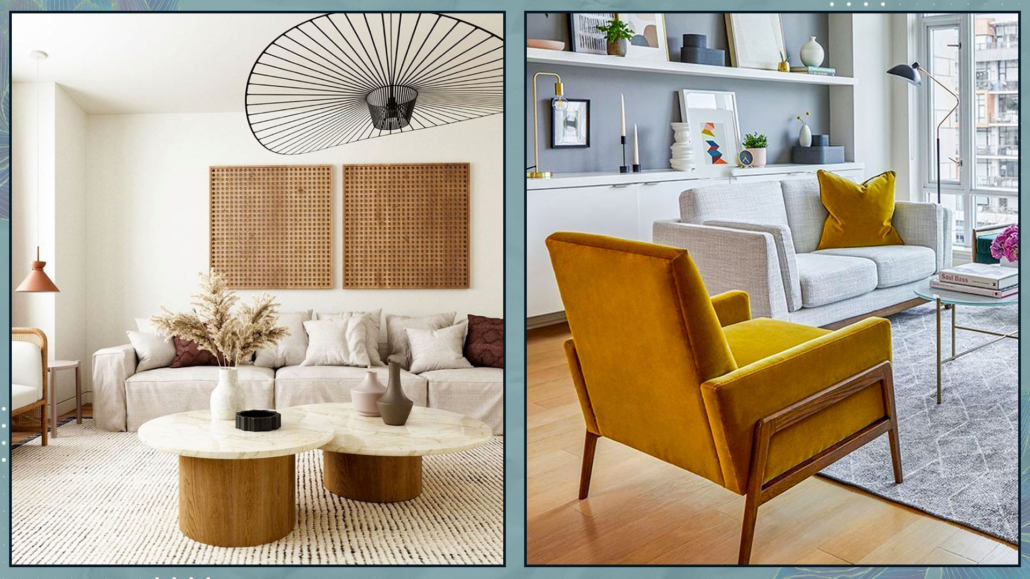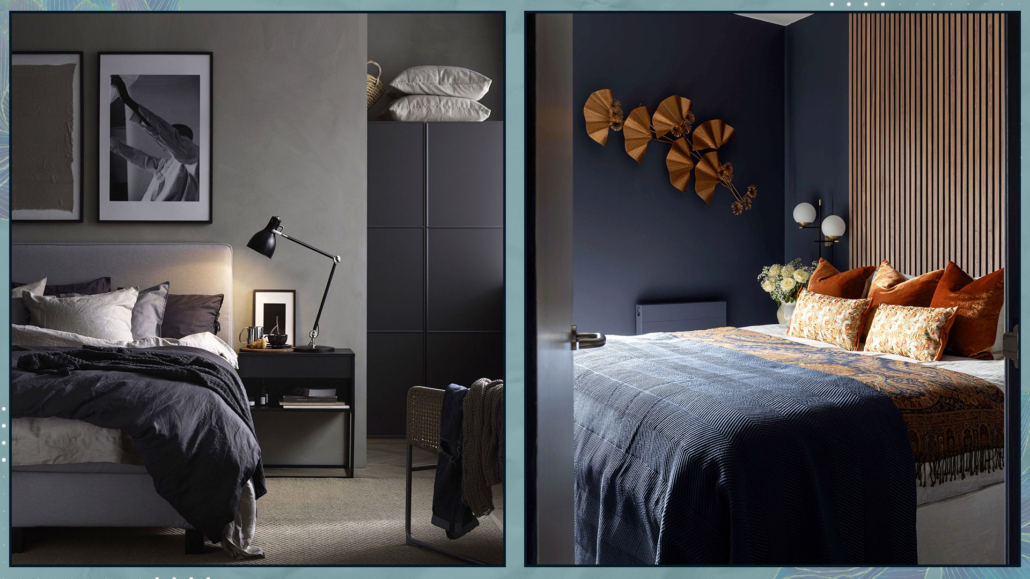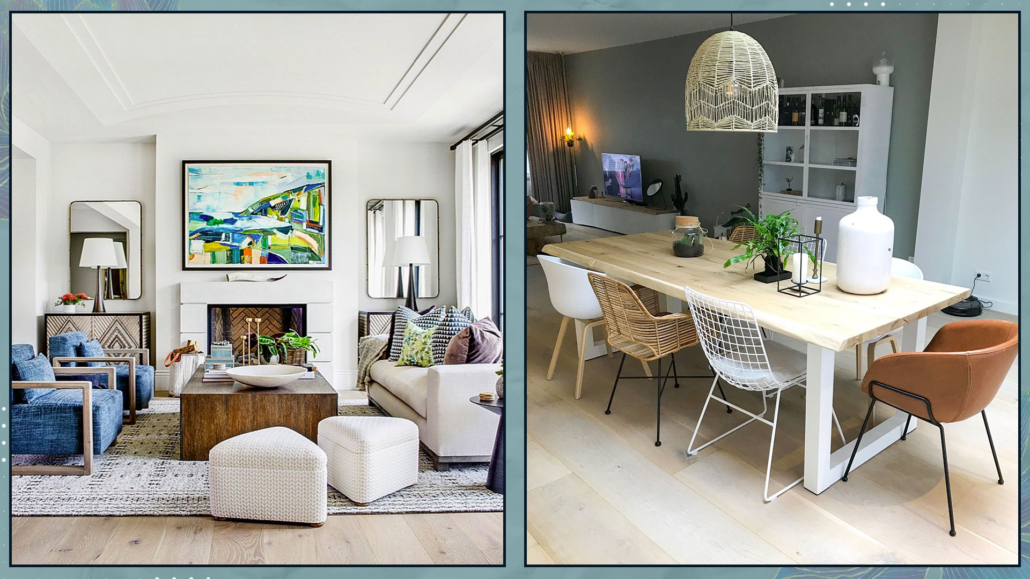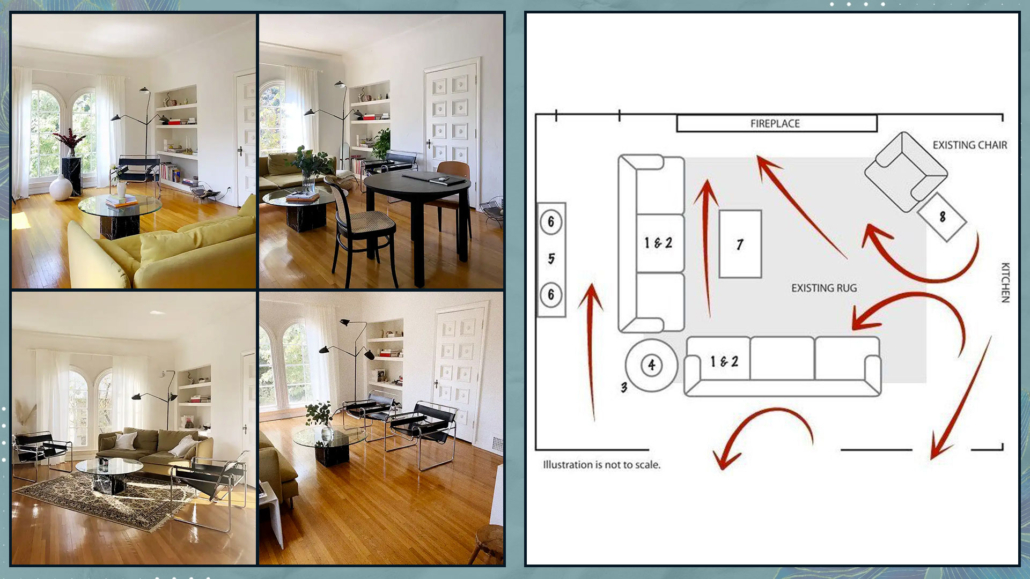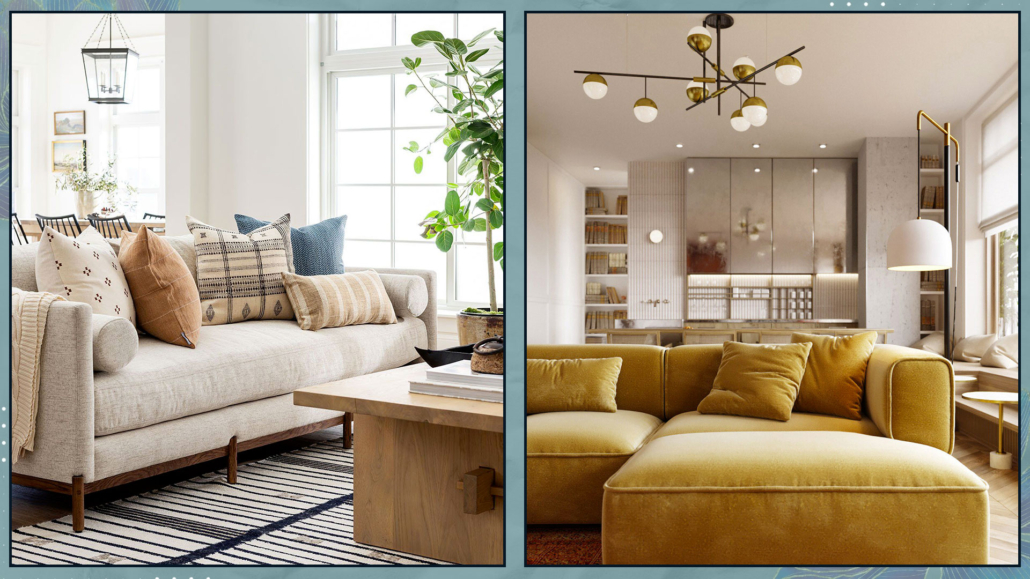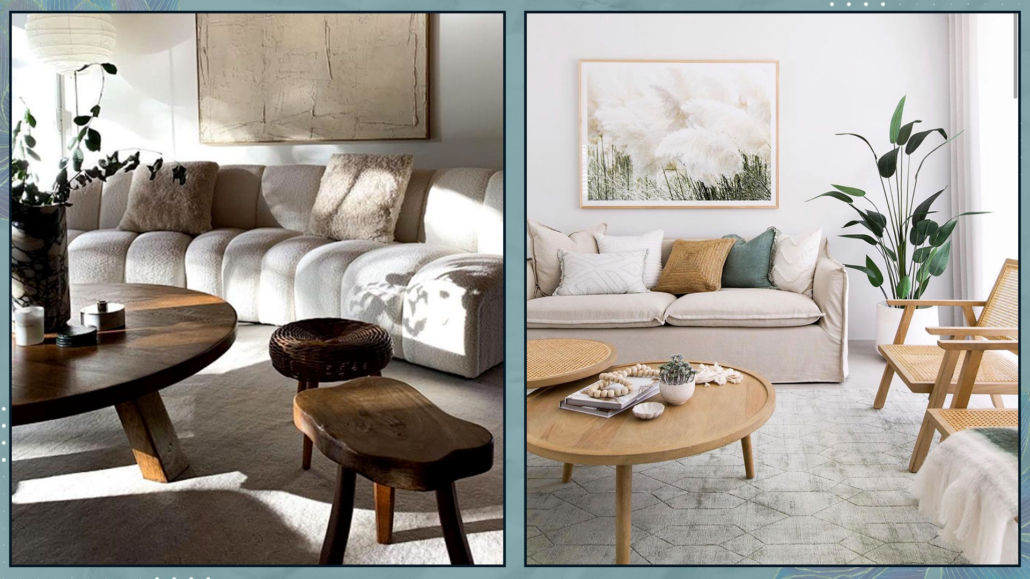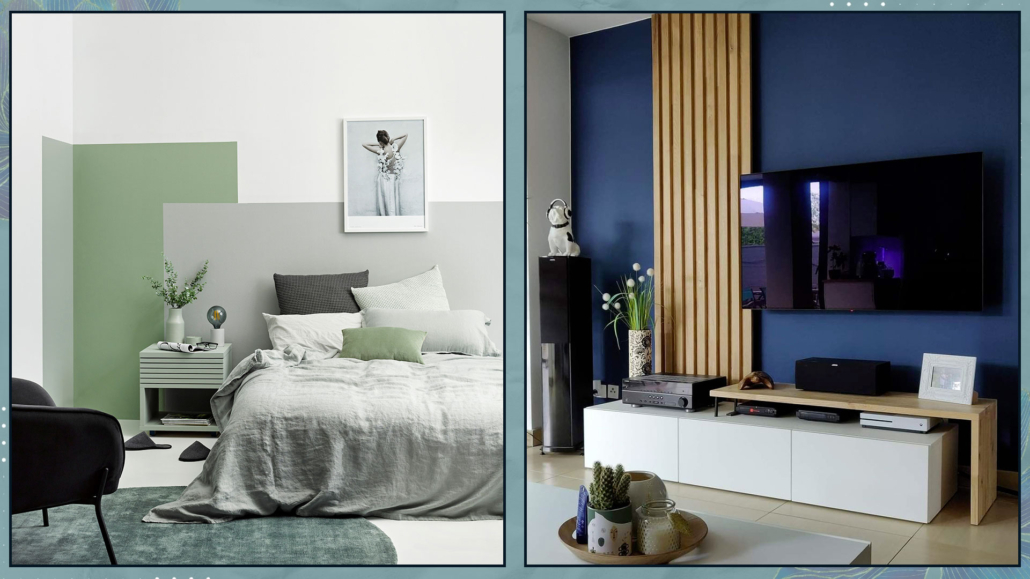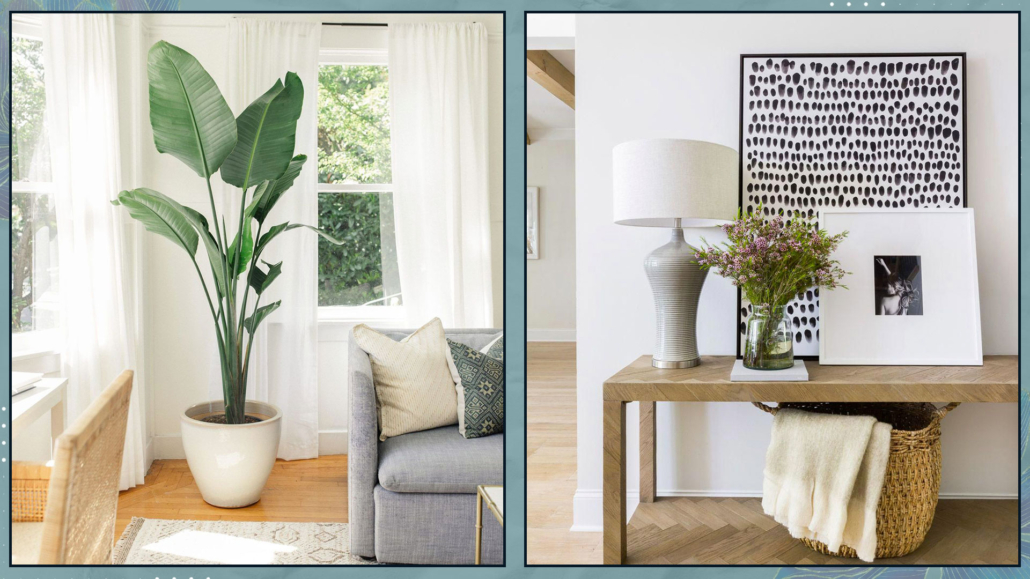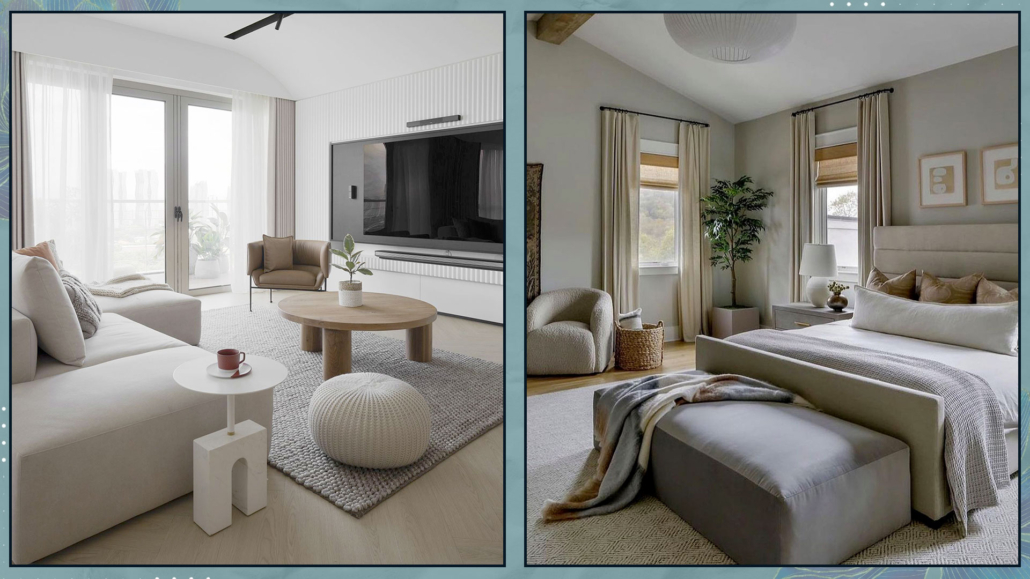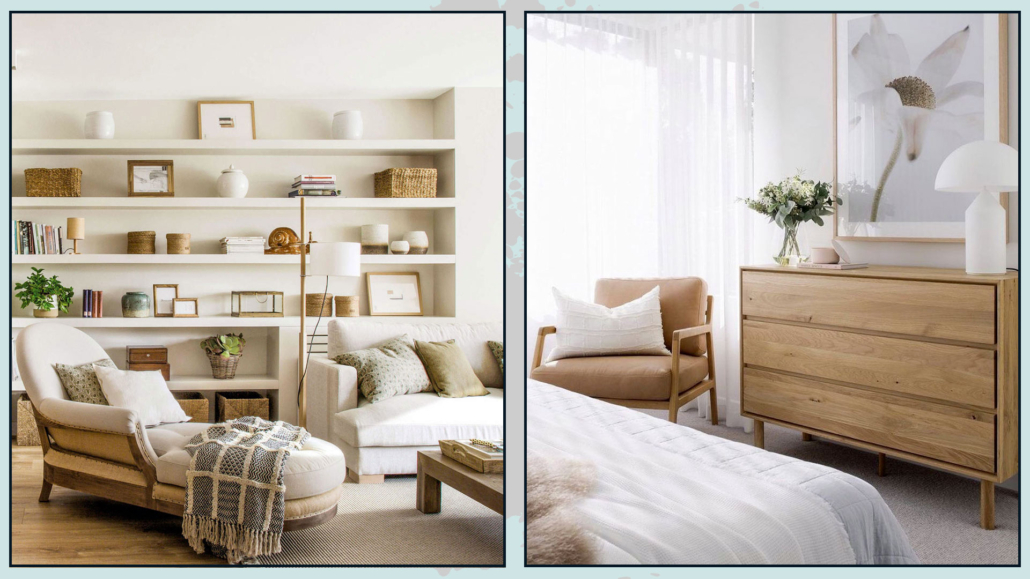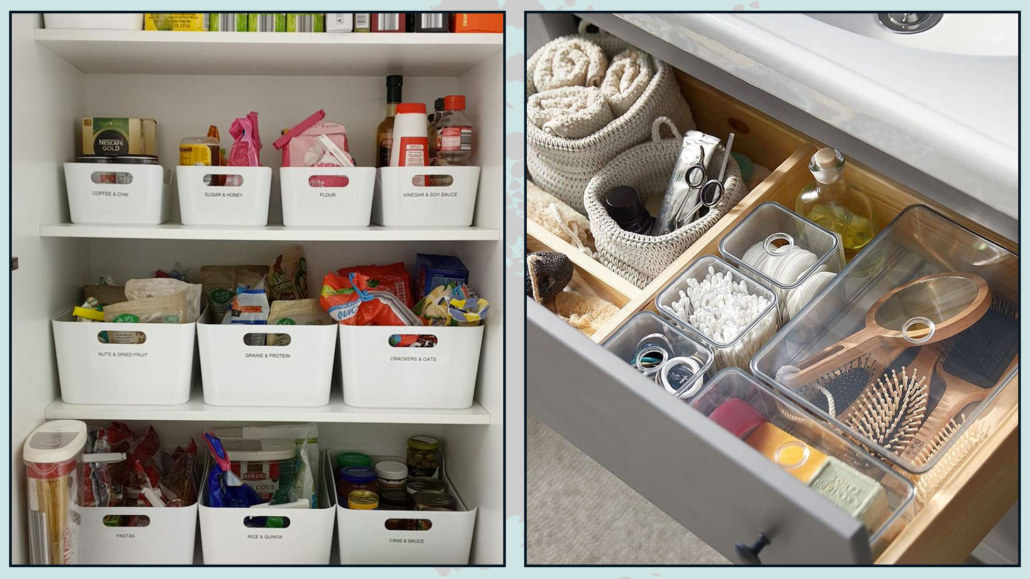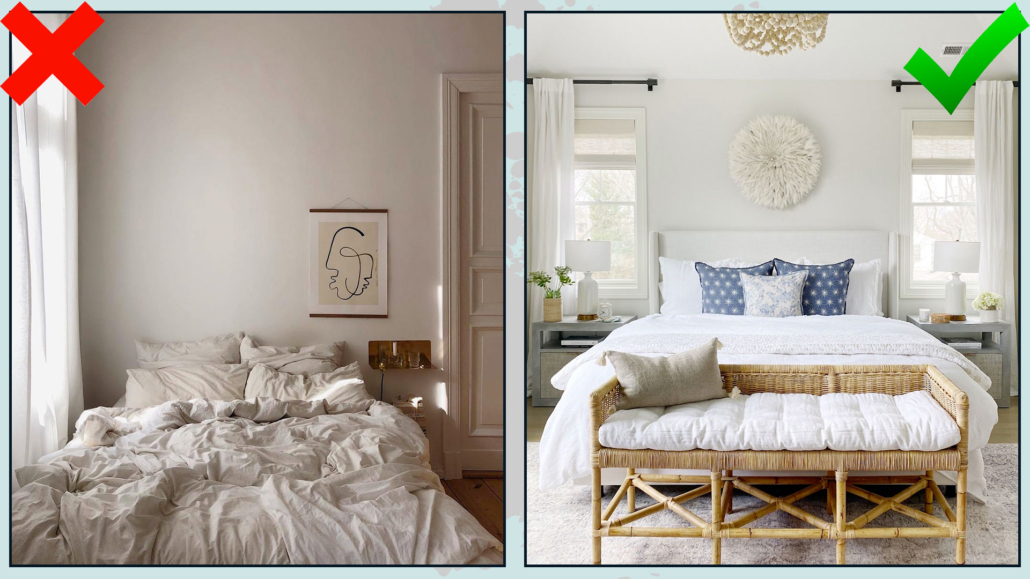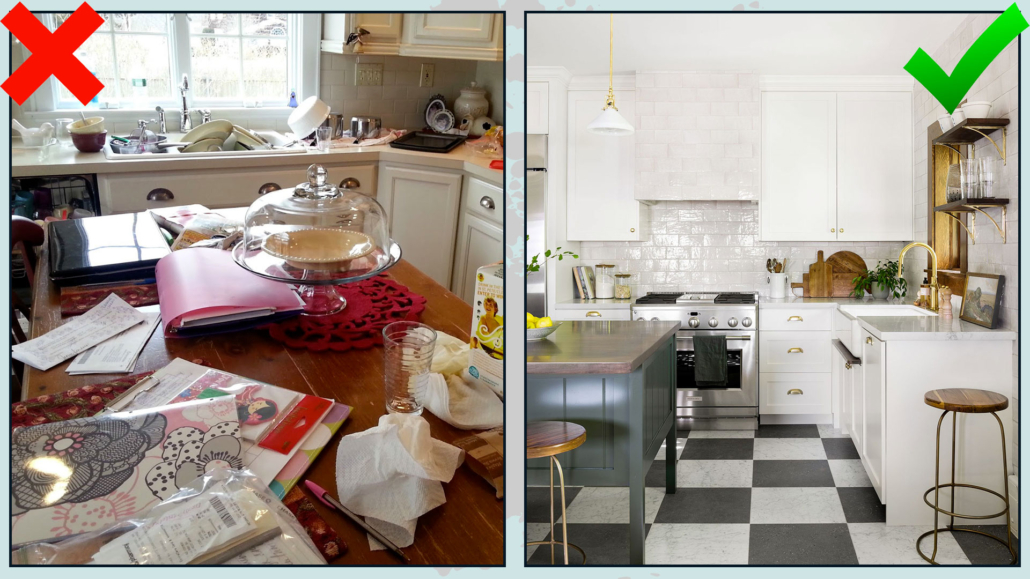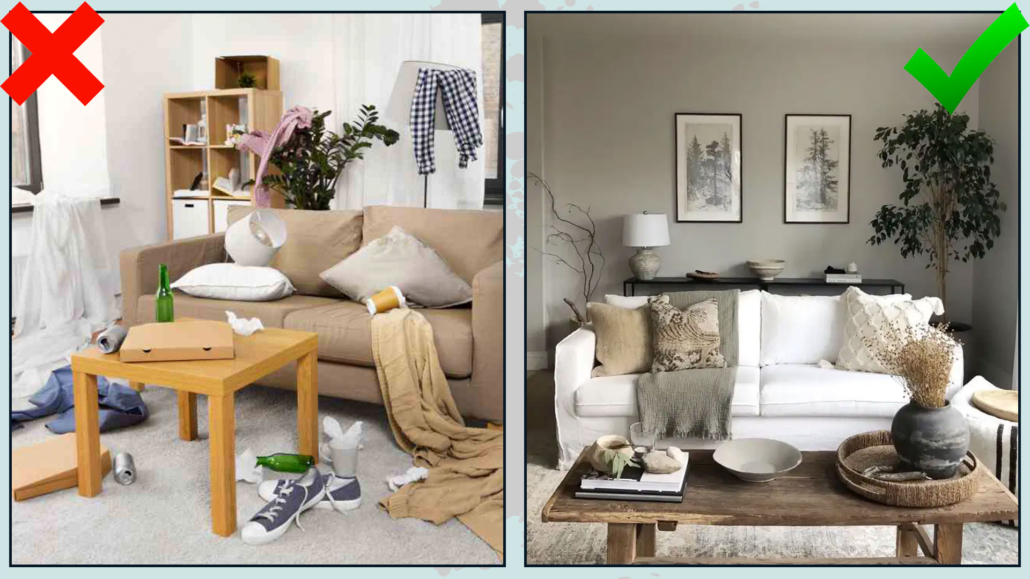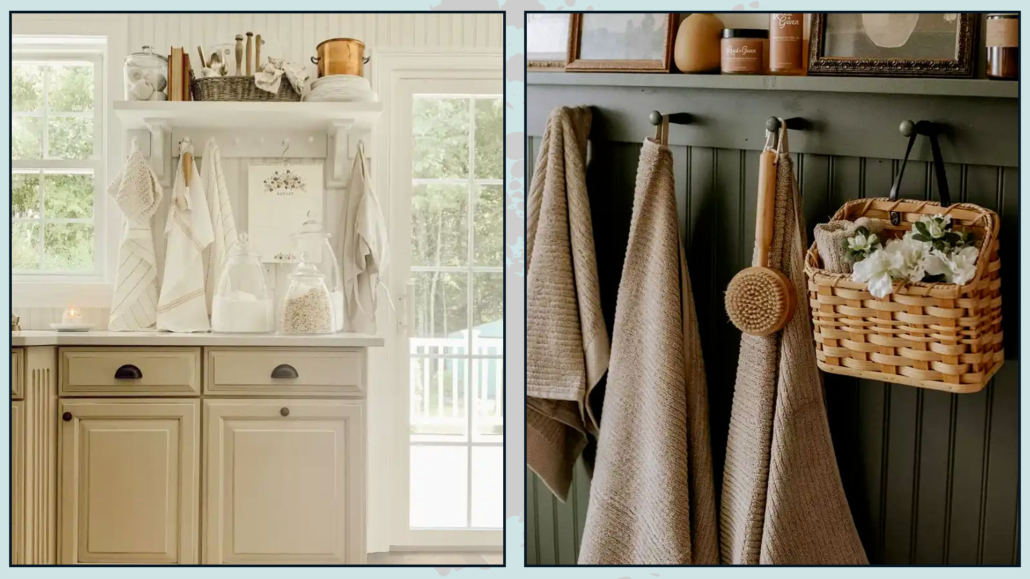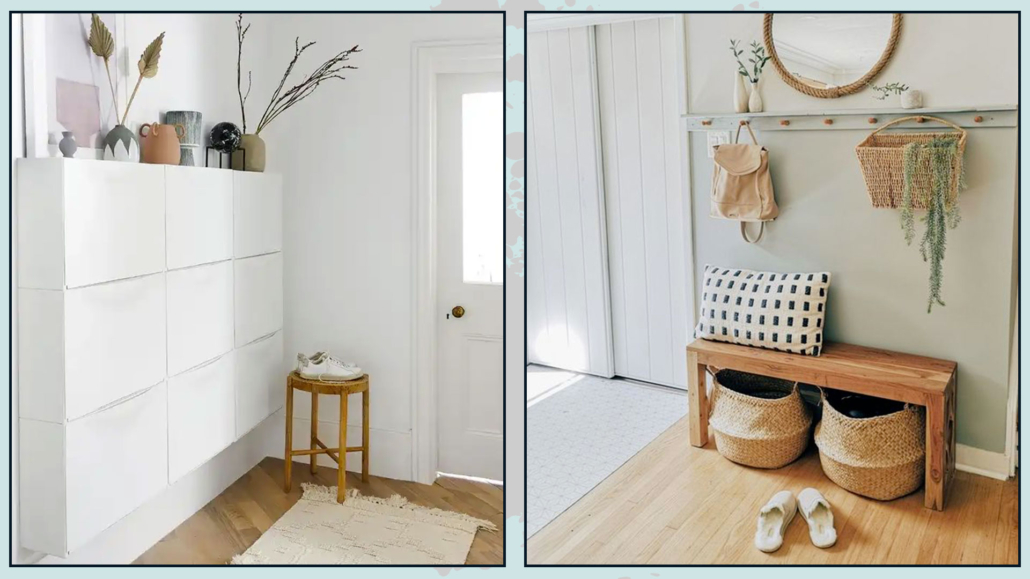Creating a home you love and making you feel good in an increasingly hectic and fast-paced world is essential.
It would be miserable and exhausting, in fact, to come home after a long day and not feel happy in your own space.
I often say that to recharge yourself fully, you should feel comfortable and safe at home.
Today, I want to share some tips that will help you create a home you love and that make you feel good!
– PLAN
The first thing to do is to plan your home carefully: understand how you want to use and live in each room so that you can buy furniture and accessories that are functional for that specific space.
It is paramount to have precise measurements to ensure furniture is proportionate so the room won’t look too crowded or empty.
At that point, deciding what kind of atmosphere you want to create in the home is essential so you can choose the appropriate styles and colors.
Then, creating a mood board, first a general one and then one for each room, is necessary so you can see that everything works together harmoniously and that there is a cohesive theme throughout the home!
Plan even if you already have a home but are not completely satisfied with it: you’ll know what you want to fix or change, and this will bring you enthusiasm, even if you could or would not do everything all at once!
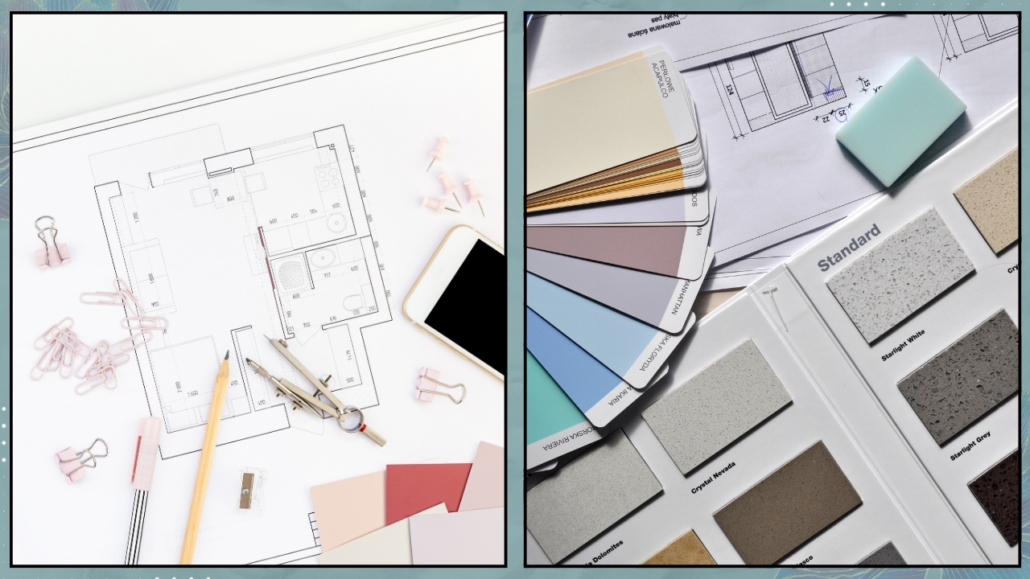
(credits: canva)
– DECLUTTERING AND SIMPLICITY
We live in an age of rampant consumerism, and in our homes, we often accumulate everything and anything (though, fortunately, this isn’t the case for everyone).
One of the biggest challenges is often letting go!
However, having too many things in your home leads to two main problems:
– It makes it harder to keep things organized, and cleaning the house becomes longer and burdensome.
– With so many, too many, things around, our minds also feel “full,” overcrowded!
That creates a more or less unconscious sense of unease.
So it’s vital to simplify, only keeping what is truly necessary or holds particular meaning/value (and not just in economic terms).
Periodically, you should take a look at your surroundings and see if there are things you no longer use, no longer like: in short, things that no longer serve a purpose, and “get rid of them” (whether by selling, donating, or throwing them away!).
Doing this will create a physical space in your home and a mental one as well, making life feel lighter!
(Psychologist Dr. Basile and I have dedicated an entire chapter of our guidebook to decluttering you can find it on Amazon.)
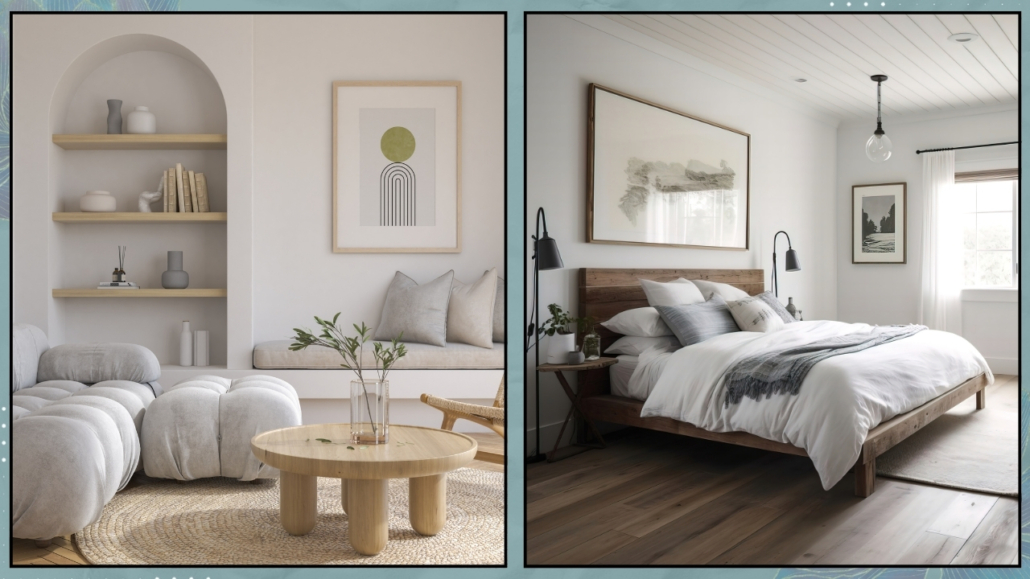
(credits: canva)
– ORGANIZE
It’s not enough to have only the essentials to keep your home in order; everything needs to have its own place and be easily accessible.
Otherwise, things are likely to be left lying around.
Arrange things in a way that works for you so you’ll always know where to find them.
Try to organize closets, drawers, and pantries as well—you’ll find plenty of ideas on how to do this.
There are also many storage solutions and gadgets available that can help.
Just be sure to choose ones that are functional for your lifestyle and how you use your home; otherwise, you might get tired of them quickly and revert to old habits.
An example I often give is that there is no need to have a jar for every type of food in the pantry if you don’t have the time or patience to transfer everything each time.
It’s enough to have containers, perhaps baskets, where to store bags by category.
Organizing shouldn’t complicate your life – quite the opposite!
To have everything neatly arranged, orderly, and accessible calms the mind and brings a sense of peace, even if you’re not always aware of it!
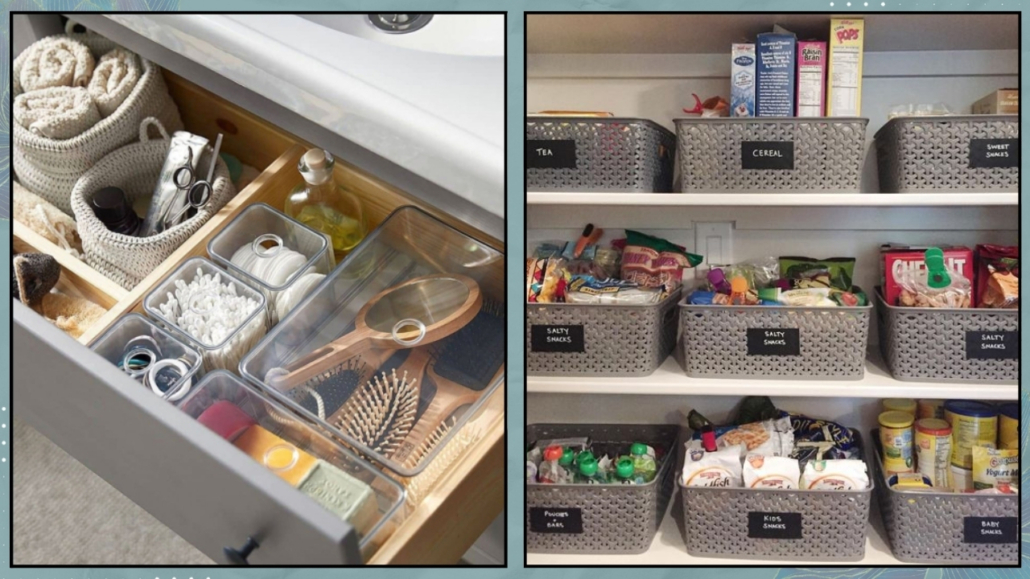
(credits: ikea; Hgtv)
– SHOWCASE WHAT YOU LOVE AND MAKES YOU FEEL GOOD
It’s vital to display the things you love, as these items make you feel good and give you that sense of home!
If you’re a book lover, don’t just fill your bookshelf—create compositions with your favorite books.
For instance, you can place two or three on the coffee table, maybe along with a candle and another object (remembering to mix different shapes, materials, and sizes to create movement and rhythm!).
If you love to travel, you can create a space with the places you’ve visited mementos.
Or, you might want to create a beautiful photo gallery.
Feel free, if you have children, to put some of their drawings on the fridge. While it might not look like a “magazine home,” it brings joy, and that’s the only thing that matters most.
If you’re particular about keeping things tidy, you can always create an album with all their artwork and keep it proudly on display!
By showcasing what you love, everywhere you look in your home, you’ll find something that brings you joy!
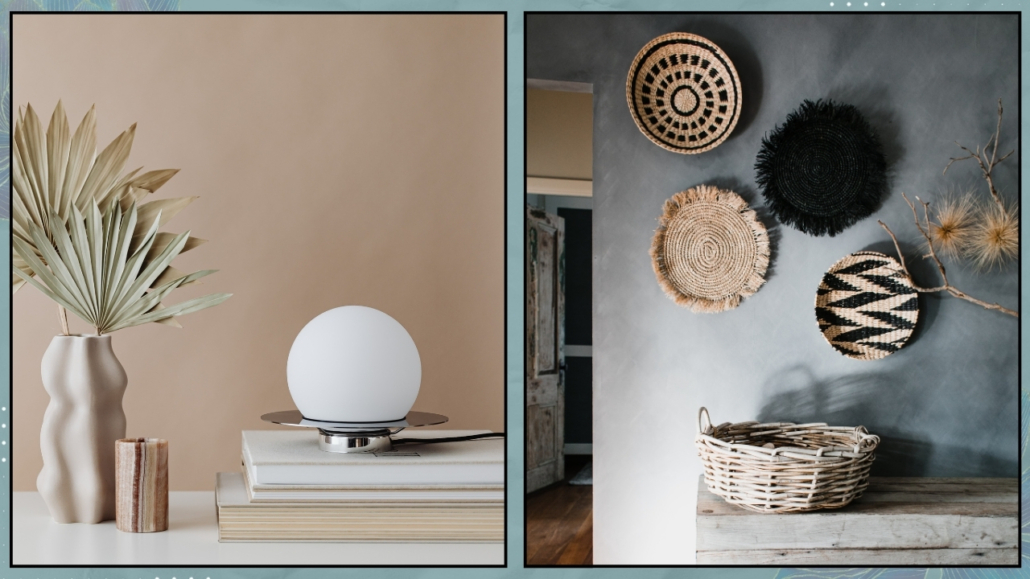
(credits: canva)
– BRING NATURE INTO YOUR HOME
I know, I always say this, but it’s because it’s a significant point: nature relaxes us!
Try to incorporate natural elements into your furniture, textiles, and accessories.
Wooden furniture, natural fabrics, terracotta vases, and wicker baskets all help create a calming atmosphere.
And of course, don’t forget the plants!
Authentic plants are incredibly beneficial, as they purify the air, among other things.
But it’s also taking care of them—watering, repotting when necessary, and removing any dry leaves or flowers—that helps our minds relax.
While authentic plants are best, we’ve learned that if you don’t have a green thumb, it’s better to have a well-made artificial plant than a sickly real one!
Sick or dying plants, as you can imagine, can be depressing, so again, it’s better to have a quality fake plant than to be throwing out constantly real ones!
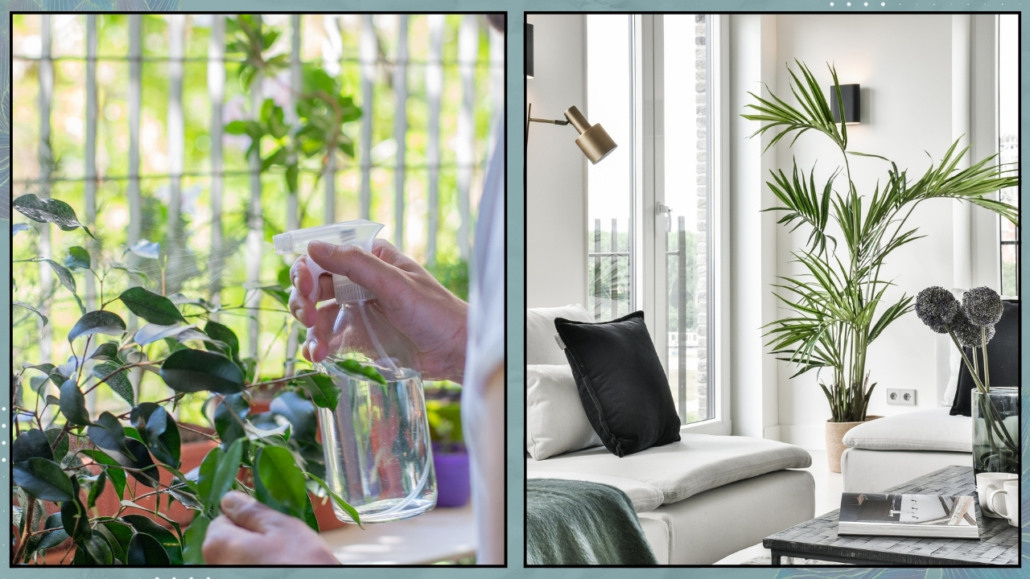
(credits: canva)
– BE GRATEFUL
This point might sound strange, but we are bombarded with images every day, and trends change incredibly fast.
It’s so easy to be attracted to these images and trends, and comparing our homes to them is a snap!
At that point, the desire to change everything can kick in, and dissatisfaction can take hold!
That’s why it’s paramount to look around you and be grateful for your home, what you have inside it, and what might have cost sacrifice to obtain—this will quickly restore balance.
It’s also good to remember that trends come and go, and the images we see are often carefully staged sets created just for the photoshoot.
This point inevitably ties back to the first one: if you’ve planned your home well, taking the time to understand your real needs and focusing on what makes you feel good, gratitude will come naturally!
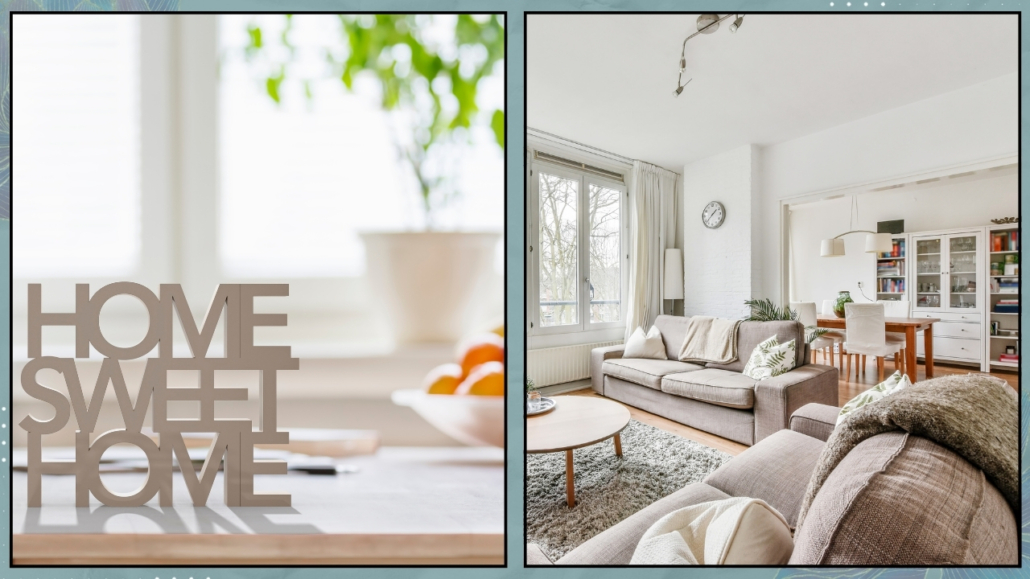
(credits: canva)
I hope this article about creating a home you love and making you feel good has been helpful and enjoyable for you. If so, let me know in the comments!
Feel free to share it with anyone you think might be interested, I would be honored, and it will help me gain more exposure.
If you feel that your home, or any specific area of it, doesn’t reflect your personality enough, don’t wait any longer and book your consultancy!

